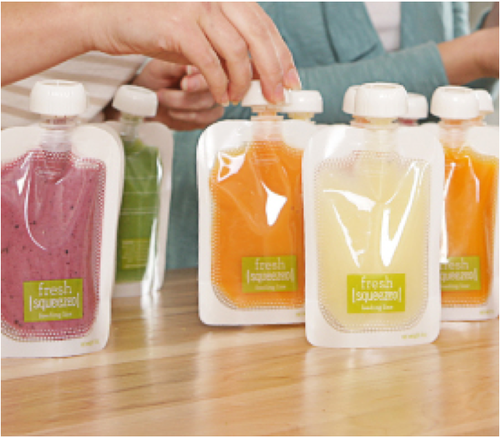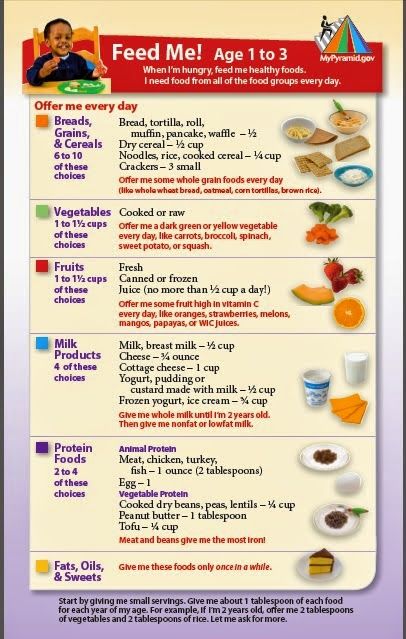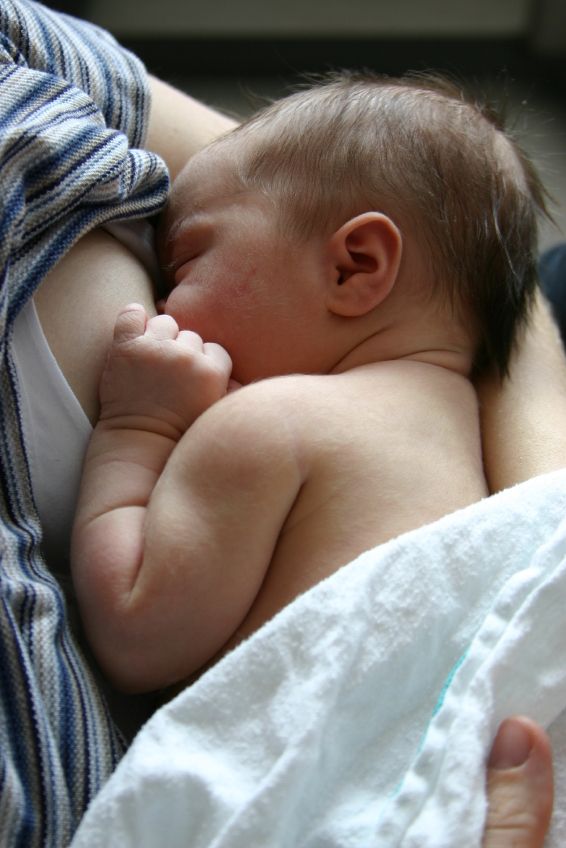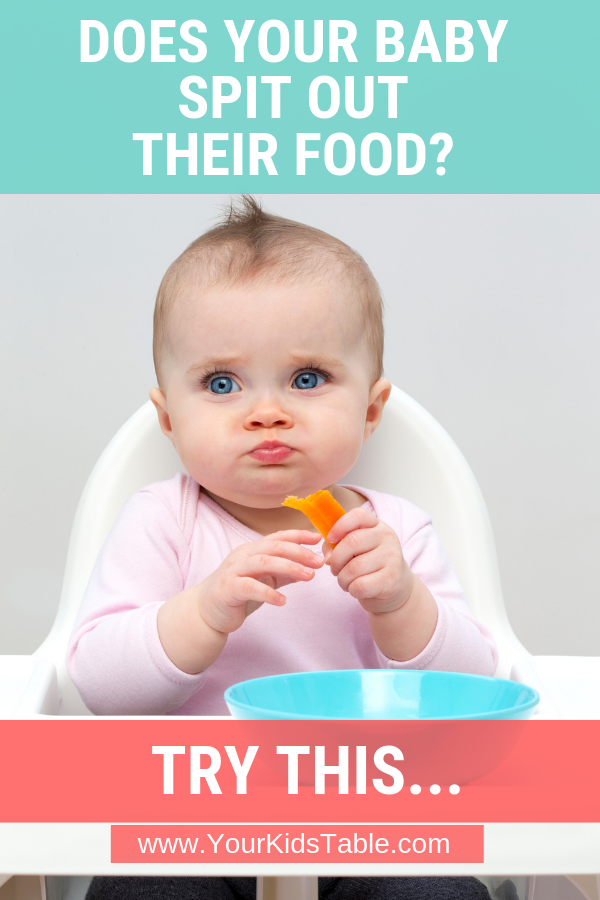Foods rich in iron for babies recipes
Guide to Best Iron-Rich Foods for Babies, Toddlers & Kids
Home » Recipes by Age » 6-9 Months » Best Iron-Rich Foods for Babies, Toddlers & Kids
In this complete guide to iron-rich foods, we will go over everything you need to know about what iron is, how much baby, toddler, and kids need in their diets, lists of the best iron-rich foods, plus over 50 easy iron-rich recipes that contain both animal and plant-based iron sources.
Medically reviewed and co-written by Jamie Johnson, Registered Dietitian Nutritionist (RDN)
Iron Rich Foods for BabyConfused about what iron is and why your child needs it? Then you have come to the right place!
Iron is essential for growing babies, toddlers, and kids, as it helps with brain development. It’s also essential for producing red blood cells, which sends oxygen from our lungs to different parts of the body. While babies are born with enough iron stores to last them until 6 months of age, it is important to make sure you are providing enough iron in their diets after their iron reserves are depleted.
In this complete guide to iron, we will go over everything you need to know about what iron is, how much baby, toddler, and kids need in their diets, lists of the best iron-rich foods, plus over 50 easy iron-rich recipes that contain both animal and plant-based iron sources.
Check it out! Looking for even more great recipes for your little one, then be sure to check out my best-selling cookbook for even more information and recipes.
Iron Rich Foods Video
Watch to see what iron-rich foods are best for your baby or toddler.
Why is Iron Important?Iron plays a role in many different functions in our body. Most notably, it is important in producing red blood cells, which carry oxygen from our lungs to different parts of the body. Iron helps support the immune system and helps regulate body temperature. It’s also needed for brain development and maintaining healthy hair, skin, and nails, and making hormones.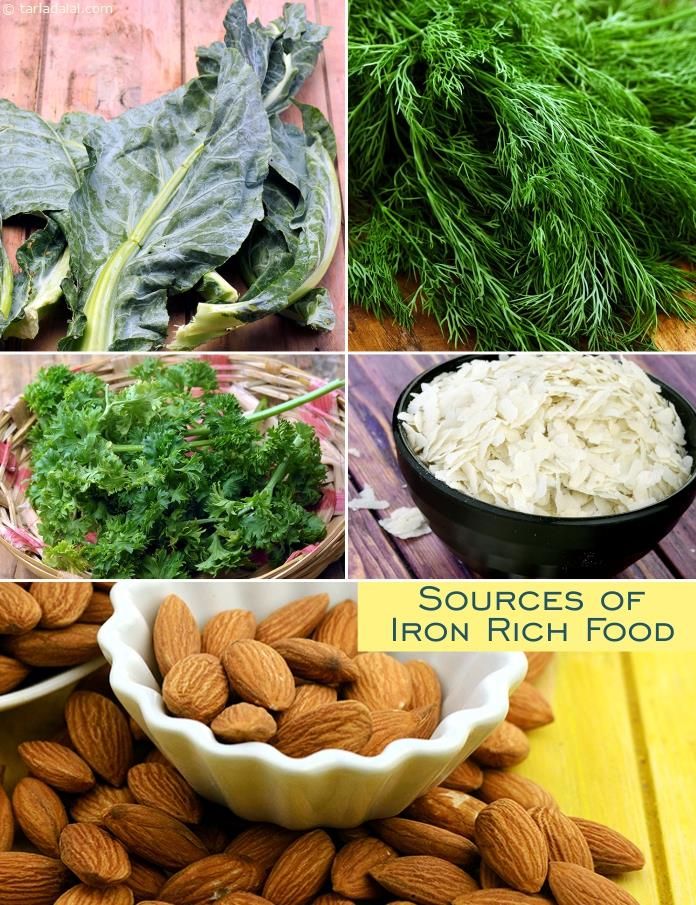
Iron deficiency anemia happens when there is not enough iron in the body to properly make red blood cells. This can affect brain growth and development in children, which can lead to learning and behavioral problems. Some side effects of iron deficiency anemia are fatigue, weakness, irritability, pale skin, fast heartbeat, cold hands and feet, more frequent infections, brittle nails, headaches, poor appetite, or cravings for non-food items like ice or dirt.
Babies who drink cow’s milk before the age of 1 (which is not recommended) and toddlers who drink too much cow’s milk are at risk of developing iron-deficiency anemia because it can interfere with iron absorption. Ensure your toddler is not drinking more than 16-24 ounces a day of cow’s milk.
- Pale skin
- Weakness
- Fatigue
- Cold hands and feet
- Slowed growth and development
- Poor appetite or craving non-food items (like ice or dirt)
- Brittle nails
Most infants are usually screened for iron-deficiency anemia by 12 months of age, but if these symptoms sound like they are describing your baby, please contact your pediatrician.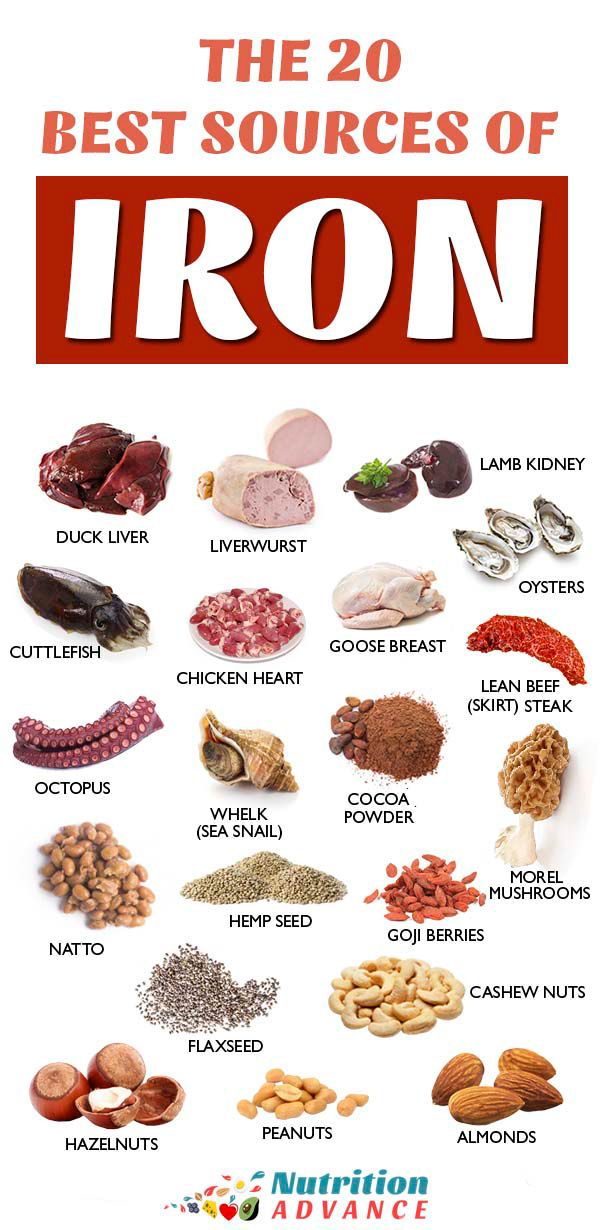
Babies usually have enough iron stores to get them through their first four-six months. If your baby is breastfed, it is important to give baby iron-rich foods when they are ready to start solids or give a supplement. This is because breast milk lacks iron. On the other hand, most infant formulas are fortified with iron, so this is not as much of a concern for these babies. In many cases, a diet full of iron-rich foods can raise iron levels to where they need to be. But your baby may need an iron supplement if her iron is low enough to warrant one, and your pediatrician feels that diet alone may not be enough to raise it. Your pediatrician may also recommend a supplement if your baby is premature, has a low birth weight or has a health condition that affects iron absorption.
How Much Iron Does my Baby or Child Need?Infants 0-6 Months: need .27 mg a day, which is usually met through breastfeeding or iron-fortified infant formula.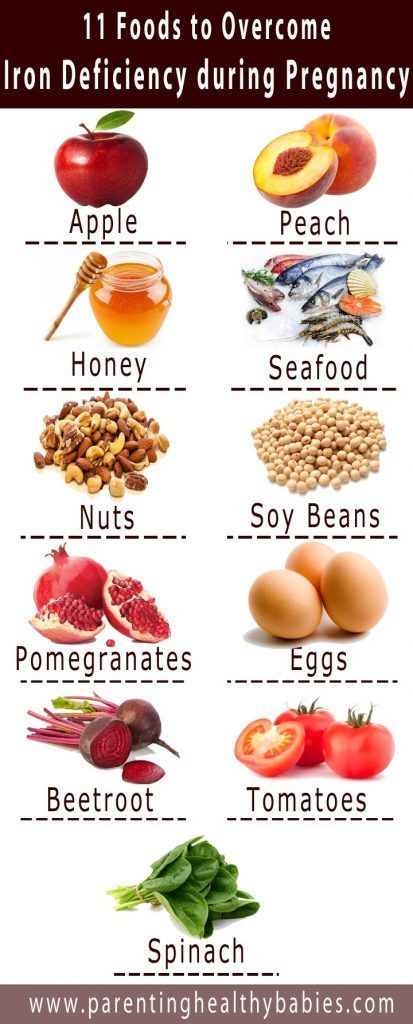 After six months, natural iron stores are depleted and iron needs increase due to rapid growth of your child.
After six months, natural iron stores are depleted and iron needs increase due to rapid growth of your child.
Infants 7-12 Months: need 11 mg a day, which can be met with complementing breast milk or formula with iron-rich foods or an iron supplement.
Best Iron Rich Foods for BabiesFortunately, there are a ton of great iron-rich foods that are great for your baby as a puree or as a finger food if you are doing baby-led weaning.
- Beef, Pork, Lamb: ground, pureed, served on the bone for baby-led weaning or made into meatballs
- Dark Greens: great in a puree, smoothie or egg muffins
- Lentils: can be added to any puree, or gently mashed and handed to baby as a finger food
- Eggs: pureed, mashed, hardboiled, or scrambled
- Chicken, Turkey: pureed and added to favorite puree, chopped or in strips for blw
- Quinoa: great as baby cereal, or made into a mini muffin
- Beans, Lentils and Tofu: great option to add into a puree or gently mashed and handed to baby
- Broccoli: can be pureed or offered as a finger food
- Sweet Potatoes: can be pureed or offered as a finger food
- Oats: can make your own oatmeal or use instant oatmeal baby cereal
- Fortified Baby Cereal: easy store-bought option
Note: heme iron, most concentrated in animal sources, will be better absorbed by the body, as opposed to nonheme iron, which is mostly found in plant sources. If you do not follow a vegetarian or vegan diet, try to serve a mix of animal and plant sources of iron to your baby.
If you do not follow a vegetarian or vegan diet, try to serve a mix of animal and plant sources of iron to your baby.
Favorite Iron-Rich Recipes
With thousands of views, these recipes are our reader’s favorite recipes.
How to Serve Meat to Baby: Chicken Meatballs
5 stars (9 ratings)
These soft and tender chicken meatballs are a great finger food for babies. Plus, this post has 5 more simple meat recipe ideas for baby – puree, mashed into a chunky puree, served on the bone, shredded, or served in strips as a finger food or for baby-led weaning.
Get the recipe
Scrambled Eggs for Baby
5 stars (5 ratings)
These Easy Scrambled Eggs are the perfect finger-food for baby – soft, fluffy and delicious! Great for Baby-Led Weaning!
Get the recipe
Homemade Quinoa Baby Cereal (4+ months)
4.53 stars (51 ratings)
This smooth and creamy Homemade Quinoa Baby Cereal has an earthy and robust taste and is loaded with protein, fiber, iron, folate and magnesium.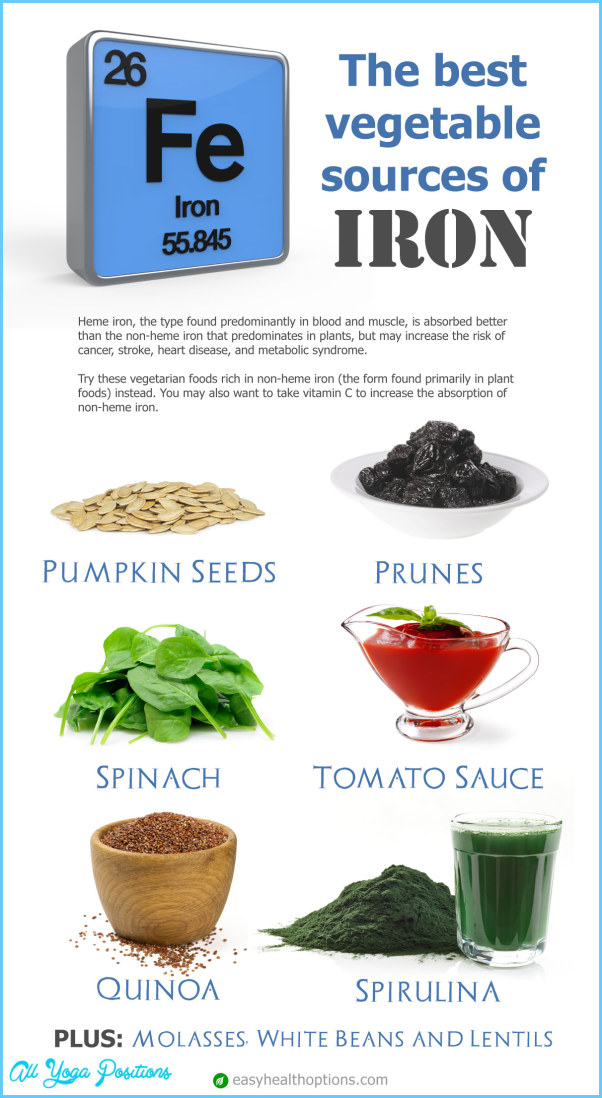 It’s great served as a meal itself or mixed with baby’s favorite fruit or vegetable puree.
It’s great served as a meal itself or mixed with baby’s favorite fruit or vegetable puree.
Get the recipe
Spinach Apple Baby Puree (Stage Two)
4.70 stars (36 ratings)
This Spinach Apple Baby Puree is high in iron and a perfect food to introduce to baby around 6 months. With the addition of cinnamon, ginger, and cloves, this stage two combination puree tastes amazing!
Get the recipe
Easy Spinach Muffins
5 stars (7 ratings)
These easy Spinach Muffins are a hit with babies, toddlers and kids! Made with wholesome ingredients and filled with green spinach!
Get the recipe
Best Iron Rich Recipes for Babies- Beef + Sweet Potato Baby Food Puree with Thyme
- Apple Kale Baby Food Puree
- The Best Sweet Potato Baby Food Puree
- Basic Beef Baby Food Puree
- Chicken, Squash + Cauliflower Baby Food
- Mango Kale Baby Food Puree with Ginger
- Spinach Apple Baby Puree
- Baby’s First Spinach Smoothie
- Apple, Spinach + Broccoli Baby Food Puree
- Eggs for Babies – 10 Easy Recipes
- Spinach Avocado Oatmeal Breakfast Cereal for Baby
- Oats, Spinach + Avocado Baby Food Puree
- The Best Broccoli Baby Food
- Sweet Potato for Baby – 6 Delicious Ways
- Spiced Sweet Potato Mini Muffins
- Strawberry Quinoa Breakfast Cereal
- Broccoli, Apple + White Beans for Baby
- Apple, Green Beans and Broccoli Baby Food Puree
- Banana, Tofu + Pear Baby Food Puree
- Easy Scrambled Eggs
- Basic Chicken Baby Food Recipe
- Homemade Quinoa Baby Cereal
- Apple, Carrot + Sweet Potato Baby Food Puree
- Grinch Mini Muffins
- Sweet Potato, Beets + White Beans Baby Food Puree
- 4 Breakfast Egg Muffins
- Kale Pesto Chicken Quesadilla
- Spinach Basil Pesto
- Freezer-Friendly Spinach Waffles
- Easy Blender Spinach Pancakes
- Grinch Mini Muffins
- Baby’s First Chicken Noodle Soup
- Eggs for Babies – 10 Easy Recipes
- Baby’s First Spinach Smoothie
- Broccoli, Apple + White Beans for Baby
- Easy Scrambled Eggs
- Chicken, Squash + Cauliflower Baby Food
- Sweet Potato Pancakes
- Cheesy Broccoli Quinoa Bites
- Monster Frozen Yogurt Bark
- Sweet Potato Wedges
- Chicken Parmesan Meatballs
- 4 Breakfast Egg Muffins
- Avocado Egg Toast
- Broccoli Egg Cups
- Mexican Sweet Potato Boats
- Roasted Broccoli Finger Food
- Mild Curry Chicken & Veggies
- Veggie-Loaded Hummus
- Sweet Potato for Baby – 6 Delicious Ways
- Spiced Sweet Potato Mini Muffins
- Easy Cheesy Garlic Broccoli Pasta
- Baked Seasoned Chicken Tenders
- Baked Seasoned Tofu Nuggets
Children ages 1-3 need 7 mg a day
Children ages 4-8 need 10 mg a day
Children ages 9-13 need 8 mg a day
For reference, here are some of the top foods my kids eat and how much iron they have:
- Peanut Butter: 0.
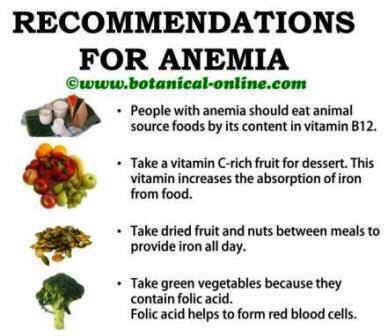 6 mg
6 mg - Cereal (iron-fortified): 3.4 mg
- Chicken: 1.8 mg
- Eggs: 0.6 mg
- Spinach Smoothie: 2.7 mg
Thankfully there are plenty of good sources of iron in easy-to-find and low-cost foods that can be found at most grocery stores. And chances are you are probably already serving some iron-rich foods to your child. An easy way to make sure they are getting enough iron is to aim for them to eat 2-3 servings a day of any of the foods listed below.
While that may seem like a lot, remember that toddler and child portions are generally smaller than you would think, and it may be possible they are already eating the recommended amount.
Serving Sizes for Toddlers and KidsAccording to the American Academy of Pediatrics, these are the recommended serving size for a child between:
1 and 3 years of age
- Grains: 1/4 – 1/2 slice of bread, 1/4 cup of cereal, pasta or rice
- Vegetables: 1 tbsp for each year of age
- Fruit: 1/4 cup canned or 1/2 piece of fresh
- Dairy: 1/2 cup of milk, 1/2 oz cheese, or 1/3 cup of yogurt
- Protein: 1 oz (equal to two 1-inch cubes of solid meat or 2 tbsp of ground)
- Eggs: 1/2 any size, yolk and white
- Beans: 2 tbsp
4 and 6 years of age
- Grains: 1/2 slice of bread, 1/3 cup of pasta or rice, 1/2 dry cereal
- Vegetables: 1/4 cup cooked or 1/2 cup salad
- Fruit: 1/3 cup canned or 1/2 piece of fresh
- Dairy: 1/2 cup of milk, 1oz cheese, or 1/2 cup of yogurt
- Protein: 1oz (equal to two 1-inch cubes of solid meat or 2 tbsp of ground)
- Eggs: 1 egg any size, yolk and white
- Beans: 1/3 cup cooked
7 and 10 years of age
- Grains: 1 slice of bread, 1/2 cup of pasta or rice, 1 cup dry cereal
- Vegetables: 1/2 cup cooked or 1 cup salad
- Fruit: 1/3 cup canned or 1 piece of fresh
- Dairy: 1 cup of milk, 1oz cheese or 3/4 cup of yogurt
- Protein: 2-3oz of meat
- Eggs: 1 or 2 eggs
- Beans: 1/3 cup cooked
- Beef, Pork, Lamb
- Dried Fruit: apricots, raisins, prunes, dates, etc
- Dark Greens: spinach, kale, collard green, etc
- Lentils
- Eggs
- Chicken, Turkey
- Quinoa
- Beans, Lentils and Tofu
- Broccoli
- Sweet Potatoes
- Peanut Butter
- Fish and Shellfish
- Iron-Fortified Grains: such as cereals, bread or tortillas
- Kale Pesto Chicken Quesadilla
- Freezer-Friendly Spinach Waffles
- Baby’s First Chicken Noodle Soup
- Kale + Spinach with Apple Quesadilla
- Spinach Basil Pesto
- Eggs for Babies – 10 Easy Recipes
- Green Tropical Smoothie Popsicles
- Easy Blender Spinach Pancakes
- Easy Scrambled Eggs
- Sweet Potato Pancakes
- Mexican Sweet Potato Boats
- Chicken Parmesan Meatballs
- Easy Cheesy Garlic Broccoli Pasta
- Veggie-Loaded Hummus
- Cheesy Broccoli Quinoa Bites
- Mild Curry Chicken & Veggies
- Baked Seasoned Tofu Nuggets
- Healthy Chicken Nuggets with Green Bean “Fries”
- Black Bean Tostadas with Strawberry Salsa
- 3 Green Smoothies for Toddler + Kids
- Broccoli Egg Cups
To achieve maximum absorption, it is important to serve foods with vitamin C alongside foods with iron. Here is a list of foods that are high in vitamin C.
Here is a list of foods that are high in vitamin C.
- Red and Green Bell Peppers
- Kiwi
- Oranges
- Strawberries
- Broccoli
- Kale
- Pineapple
- Cauliflower
- Mango
- Peas
- Tomatoes
Some great combinations would be to add in chopped red or green peppers while cooking ground beef or chicken, adding in oranges to a spinach smoothie, cooking broccoli and egg cups, serving a piece of fortified bread with peanut butter with a side of pineapple chunks as a snack, etc. There are plenty of easy options that allow you to get both vitamin C and iron into your child’s diet.
- 6 large eggs
- 1/4 cup milk, regular, almond, coconut, hemp, etc
- 1/2 cup broccoli, chopped
- 1/2 cup cheddar cheese, shredded
- salt and pepper to taste, optional
Prep: Heat oven to 375 degrees.
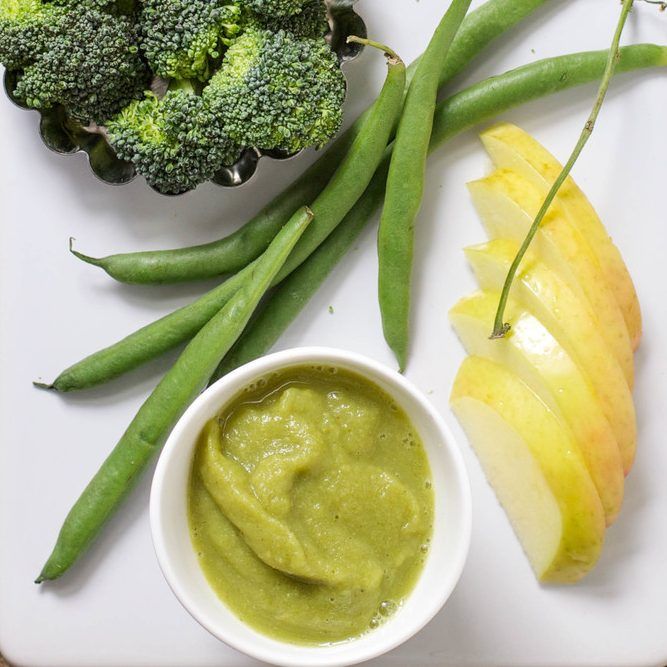 Line 8 muffin tins with silicone muffin molds or generously spray with cooking oil to prevent sticking.
Line 8 muffin tins with silicone muffin molds or generously spray with cooking oil to prevent sticking.Whisk: In a medium bowl, whisk the eggs and milk together.
Stir: Add in the broccoli, cheese, salt and pepper and stir until combined.
Pour: Carefully pour the egg mixture into the muffin tins until 3/4 the way full.
Bake: place the muffin tin in the oven and bake for 20-25 minutes or until eggs have set and the cheese is golden brown.
Age: 6+ months
Storage: in an air-tight container in the fridge for up to 5 days or in the freezer for up to 2 months.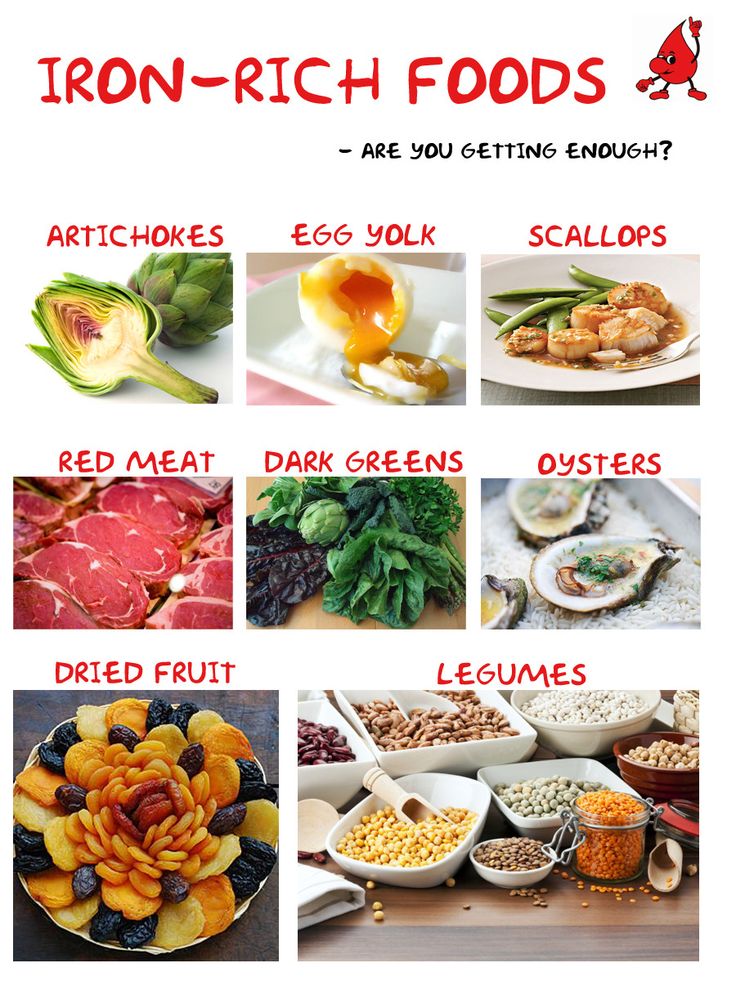
Reheat Frozen: to reheat the frozen egg cups, simply place on a microwave-safe plate and microwave in 30-second intervals until warm.
Stackable Glass Bowl Set
Muffin Pan
Silicone Muffin Cups
Bumkins Grip Plate
Did you make this recipe?
Tag @babyfoode on Instagram and hashtag it #babyfoode!
Pin Recipe Email a Friend
Best Iron Rich Foods for Babies and Toddlers (50+ recipes)
Regardless of which feeding approach you choose, purees or baby led weaning, introducing iron rich foods from the start is extremely important. Here is a list of top foods and recipes for babies and toddlers.
Jump to:- Best Sources of Iron for Babies and Toddlers
- Iron for babies and toddlers
- How much iron does a baby or toddler need?
- Signs of iron deficiency anemia
- Top Tips to help increase iron level
- Best Vitamin C Rich foods
- Iron-Rich Food Ideas for Vegetarian Babies and Toddlers
- Frequently Asked Questions
- Iron-rich recipes for Babies and Toddlers
- 3 Month Meal Plan for Babies
Best Sources of Iron for Babies and Toddlers
There are two types of iron, heme (from animal products) and non-heme (found in plant foods).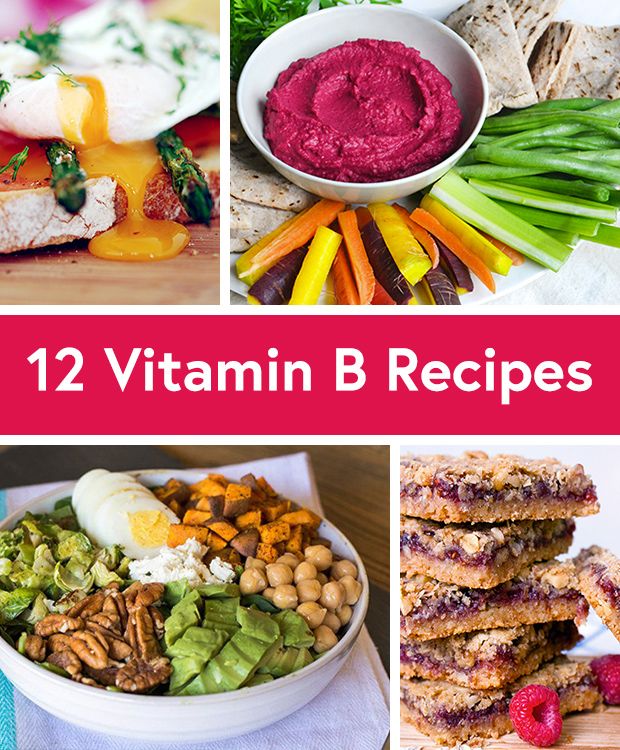
While heme iron is better absorbed by the body than non-heme iron, that doesn't mean you should focus all your efforts on serving meat to your child.
Always aim for variety and be sure to offer an iron-rich food at every meal! There are plenty of choices as listed here that will help meet your baby's needs.
Heme IronClick on any of the links to learn exactly how to cook and serve the specific food to your baby!
- Red meat (beef, lamb, pork, venison. Chicken liver and other organ meats contain the highest)
- Chicken
- Turkey
- Eggs
- Seafood (salmon, sardines)
Non heme Iron
- Lentils
- Beans (particularly white, chickpeas, kidney beans)
- Tofu
- Nuts and seeds (particularly almonds, cashews, pine nuts, hemp, flax, sesame, and pumpkin seeds)
- Dark green leafy vegetables
- Whole grains - (particularly amaranth, spelt, oats, and quinoa)
- Fortified baby cereals
Iron-Rich Vegetables
- Dark leafy greens – Dandelion, swiss chard, collard, kale, spinach, beet greens
- Baked potato
- Asparagus
- Broccoli
- Cabbage
- Peas
- Mushrooms
- Tomato paste - raw tomatoes contain very little iron.
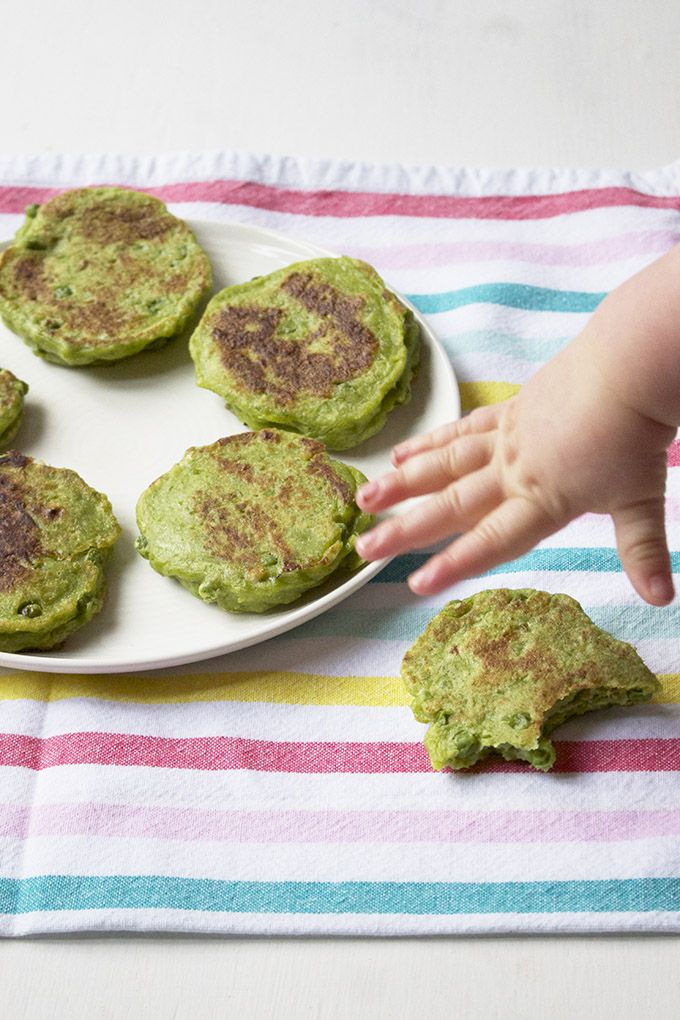 But when dried or concentrated, they are a great source!
But when dried or concentrated, they are a great source!
Iron-Rich Fruits
Generally, fruits are not good sources. These are the top choices:
- Prune juice
- Dried fruits (particularly apricots, dates, figs, raisins)
But a lot of fruits contain vitamin C, which will aid in iron absorption.
Iron for babies and toddlers
Iron is essential for producing red blood cells that carry oxygen from the lungs to all parts of the body. It’s also important for optimal brain development.
Iron is also one of the primary reasons that we start solid foods when we do. Babies are born with iron stores built up during their time in the womb. And this is why moms need to maintain a healthy iron status during pregnancy.
But by 6 months of age, it becomes depleted. At the same time, their iron needs increase drastically to support their rapid growth and development.
Inadequate iron intake in infanthood and childhood can lead to cognitive, including decreased attention and memory, as well as behavioral impairment, such as delayed attention, social withdrawal, and learning difficulties.
Top foods for 8 month old baby
How much iron does a baby or toddler need?
From the American Academy of Pediatrics:
- Birth-6 months: .25 mg
- 7-12 months: 11 mg
- 1-3 years: 7 mg. While there's so much focus on iron for babies, toddlers deserve the same degree of attention. Research shows that this age group have the lowest daily iron intake of any age group across the lifespan.
To give you context:
- 3 ounces steak: 2.5 mg of iron
- ¼ cup cannellini beans: 2 mg
- ½ of egg: .5 mg
- 3 tablespoons fortified infant oat cereal: 5 mg
- 3 ounces chicken liver: 9.9 mg
- 3 ounces salmon: .8 mg
- ¼ cup cooked spinach: 2 mg
- 2 ounces chickpea pasta: 3 mg
- ¼ cup raw tofu: 1.6 mg
- 1 teaspoon hemp seeds: .32mg
- ¼ cup cooked lentils: 2 mg
- 2 tbs peanut butter: .6 mg
Now please don’t start calculating and keeping track of how much your baby is getting daily.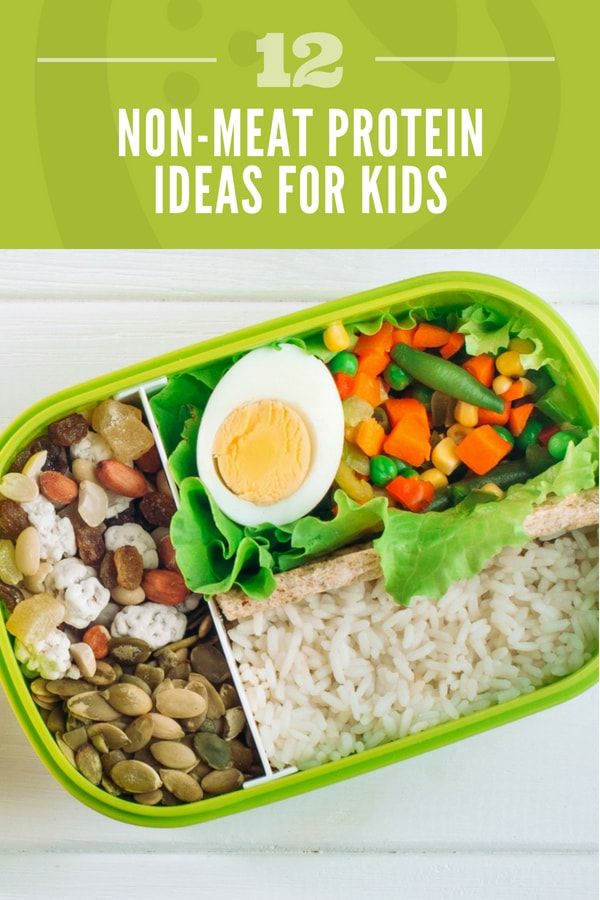 Nor stressing about what inhibits iron and what doesn’t.
Nor stressing about what inhibits iron and what doesn’t.
This will just drive you crazy and lead to lots of anxieties and worries, especially if you are doing baby led weaning and following your baby’s lead.
And don't worry! Your baby won't need 11 mg of iron right away. It is not like once your baby hits 6 months, their iron reserve is completely depleted. It's a gradual process.
What I encourage you to do, once again, is focus on including an iron-rich food at every meal! All those little bites will add up. And as they have more practice with eating, they will be able to meet their iron needs.
- Fatigue, weakness
- Slow weight gain
- Pale skin
- Irritability (cranky, fussy)
- Shortness of breath
- Cold hands or feet
- No appetite
- For toddlers: difficulty in concentration, shorter attention span
Best First Foods for babies
Top Tips to help increase iron level
- Iron from animal products (heme iron) is absorbed better in the body.

- Be sure to combine plant-based iron (non-heme iron) with vitamin-C rich foods.
- It’s true that calcium inhibits the absorption of iron, but there's no need to go out of your way to make sure you absolutely don’t serve calcium-containing foods with iron-rich foods. There are so many factors that affect iron absorption. Calcium is just one of them. What I do recommend is to not serve both at every single meal. .
- For toddlers, don't serve too much milk.
- Choose fortified products, such as fortified infant cereal or bread.
- Use a cast iron pan: cooking foods in cast iron cookware may increase the iron content of meals by up to 16%
Best Vitamin C Rich foods
- Oranges
- Grapefruit
- Kiwi
- Berries
- Cantaloupe
- Mango
- Pineapple
- Plums
- Tomatoes
- Bell peppers
- Broccoli
- Brussels sprouts
- Kale
- Peas
- Squash
Iron-Rich Food Ideas for Vegetarian Babies and Toddlers
Again, ALWAYS pair non-heme iron sources with Vitamin C rich food.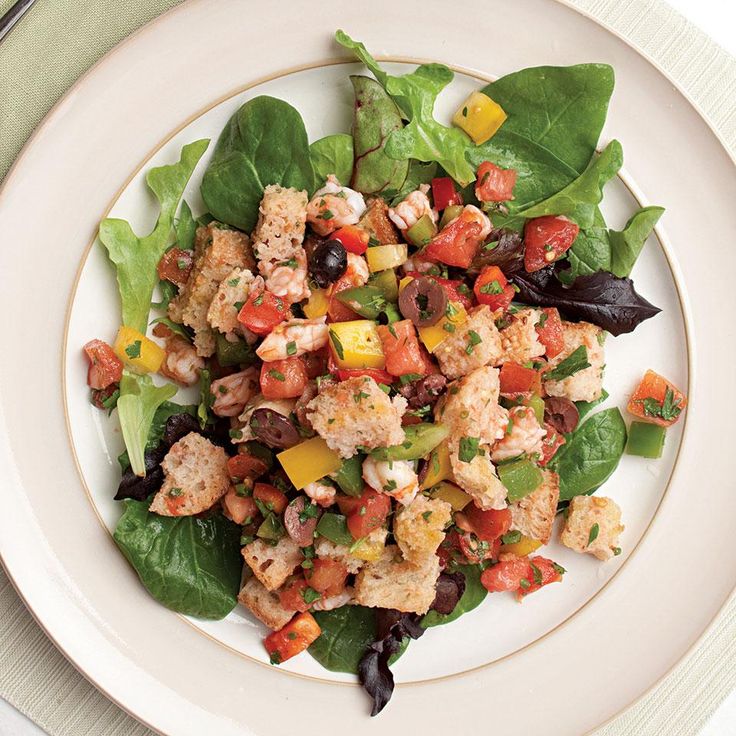 I can't emphasize this enough!
I can't emphasize this enough!
- Pumpkin seed hummus spread on whole grain toast with strawberries
- Iron-rich sauce tossed with legume-based pasta
- Oatmeal with peanut butter, hemp seeds, and mango puree
- Mashed beans with finely chopped kale and quinoa
- Tofu with broccoli and tomato
- Hummus spread on bell pepper strips
- Mashed edamame with sweet potatoes (as a finger food or mashed)
- Lentils with finely chopped broccoli, tahini, garlic powder
- Infant oatmeal cereal with ground flax seeds and sunflower seed butter
Frequently Asked Questions
Does your baby need an iron supplement?
As you can see, the recommended intake is really high relative to how much food they’re likely to eat. If you've decided to do baby led weaning, you may be especially concerned as not much food will actually make it into your baby's belly during the first days, weeks of starting solids.
As long as you're offering an iron-rich source at every meal along with breast milk and/or infant formula, your baby will likely continue to meet their needs as they wean.
However, it's always best to consult with your healthcare provider, especially if your baby is not developmentally ready to start solids at around 6 months.
Routinely, hemoglobin levels are checked starting at 12 months, usually. But you can always ask to have it checked earlier and supplement accordingly.
What you don't want to do is automatically supplement on your own as it can cause more harm than good, if not necessary. The same goes for toddlers. If they've become really fussy and rejects most or all iron-rich foods, then bring this up to your doctor.
Can babies get enough iron from a vegetarian diet?
Facts: Iron from heme found in animal sources is absorbed better than iron from non-heme or plant sources. There are also many compounds found in plant foods, such as phytates and tannins, that reduce iron absorption.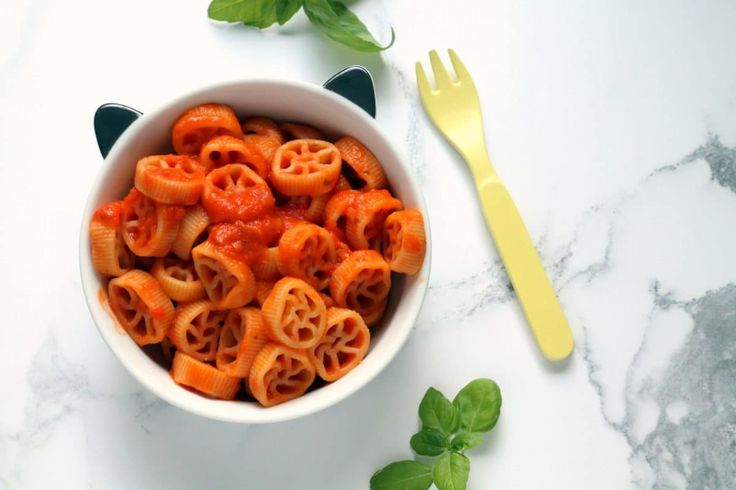
Therefore, the recommended dietary intake for iron for vegetarians is 1.8 times higher than for meat eaters.
Knowing this, If your family is a vegetarian, you may be concerned that your baby is at an even greater risk for iron deficiency.
However, the good news is there are so many great food sources, and with some planning, plant-based diets can be adequate in iron. Check out the tips section above.
Should infant rice cereal be a baby's first food?
Perhaps you were recommended by your doctor, family, or friends to start with iron-fortified rice cereal. This is outdated advice. While it is suitable, your baby does NOT need to start with rice cereal.
It's also high in arsenic, which you want to try to limit as much as possible. That’s not to say you shouldn’t give your baby rice at all, as it is a main staple in so many cultures, but you do want to be mindful.
Having said this, fortified infant cereal is a great option to help meet your baby's nutritional needs. Look for ones made with whole grains, like oat, barley, quinoa, and buckwheat.
Look for ones made with whole grains, like oat, barley, quinoa, and buckwheat.
Iron-rich recipes for Babies and Toddlers
Breakfast/Snacks
Easy Quinoa Baby Cereal (4 Ways)
Making homemade baby cereal or porridge is SO easy and inexpensive! If you've only been serving rice or oat-based cereals, give this iron-rich quinoa version a try!
Get the recipe
Homemade Baby Oatmeal
Learn how to cook the perfect oatmeal for baby. It's easy, fast, and loaded with vegetables! Serve as is or shape into fingers or balls, baby led weaning style!
Get the recipe
Healthy Pumpkin Oatmeal Bars
These healthy oatmeal pumpkin bars are high in protein and low in sugar. A healthy no fuss breakfast or snack for your baby and toddler.
Get the recipe
3 Ingredient Baby Cookies
3 ingredients are all you need to make these soft and delicious vegan banana oatmeal cookies. They are the perfect breakfast or snack for babies!
They are the perfect breakfast or snack for babies!
Get the recipe
2 minute egg oatmeal
These microwave egg oatmeals for babies, toddlers, kids, (and adults!) are SUPER easy to make and come together in 2 minutes! Enjoy as a filling protein and fiber-rich breakfast or snack.
Get the recipe
Savory Baked Oatmeal with Vegetables
This savory baked oatmeal is so easy to make and a great way to enjoy vegetables for breakfast! Perfect for baby led weaning and lunchboxes.
Get the recipe
Pumpkin Seed Spinach Hummus
this spinach hummus with pumpkin seeds instead of tahini is a healthy snack or meal for babies and toddlers. It is so versatile and here are some ways to serve it to your family.
Get the recipe
Vegan vegetable quinoa muffins
Made with healthy ingredients like broccoli, carrots, and quinoa, these egg and dairy-free vegetable muffins with quinoa are perfect for baby led weaning and school lunchboxes.
Get the recipe
Chickpea Patties (gluten free)
These flavorful chickpea patties with quinoa are easy to make with simple pantry staples. Shape them into patties or even nuggets
Get the recipe
Vegetable Omelette
Nutritious and easy to make, this baby-friendly omelette made with whatever veggies you have on hand is the perfect breakfast/snack for babies and toddlers!
Get the recipe
Healthy Sweet Potato Cookies
These super moist sweet potato cakes made with just 5 simple ingredients, including chickpeas, oats, and chia seeds, are perfect for babies and toddlers.
Get the recipe
Healthy Beet Muffins for Babies
Made entirely with healthy ingredients, like beans, peanut butter, and no added sugar, these blender muffins can be enjoyed as breakfast, snack, or added to lunchboxes!
Get the recipe
Moist Spinach Muffins
These healthy spinach muffins with banana are fluffy and moist in texture and packed with nutrition.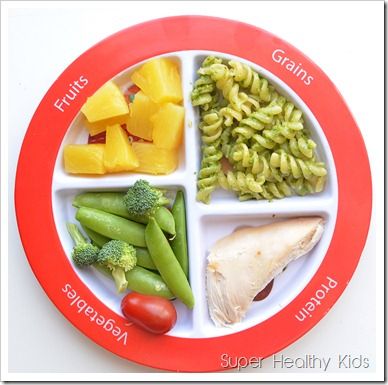 They are perfect for babies and kids.
They are perfect for babies and kids.
Get the recipe
Healthy Pumpkin Banana Muffins
These healthy pumpkin banana muffins are super moist and have the perfect balance of natural sweetness and warm fall flavors
Get the recipe
Beetroot Dip with chickpeas
4 nutritious ingredients, a food processor/blender, and dippers are all you need for this smooth, creamy, and vibrant beetroot dip for babies and toddlers!
Get the recipe
Tofu Veggie Scramble
Vegetarian breakfast of champions - tofu veggie scramble! It's a hearty and delicious plant-based alternative to scrambled eggs that your family can enjoy for breakfast, lunch, or dinner!
Get the recipe
Overnight Oats or Quinoa
These super easy and healthy sweet overnight oats or quinoa are the perfect make-ahead breakfast or snack for the whole family.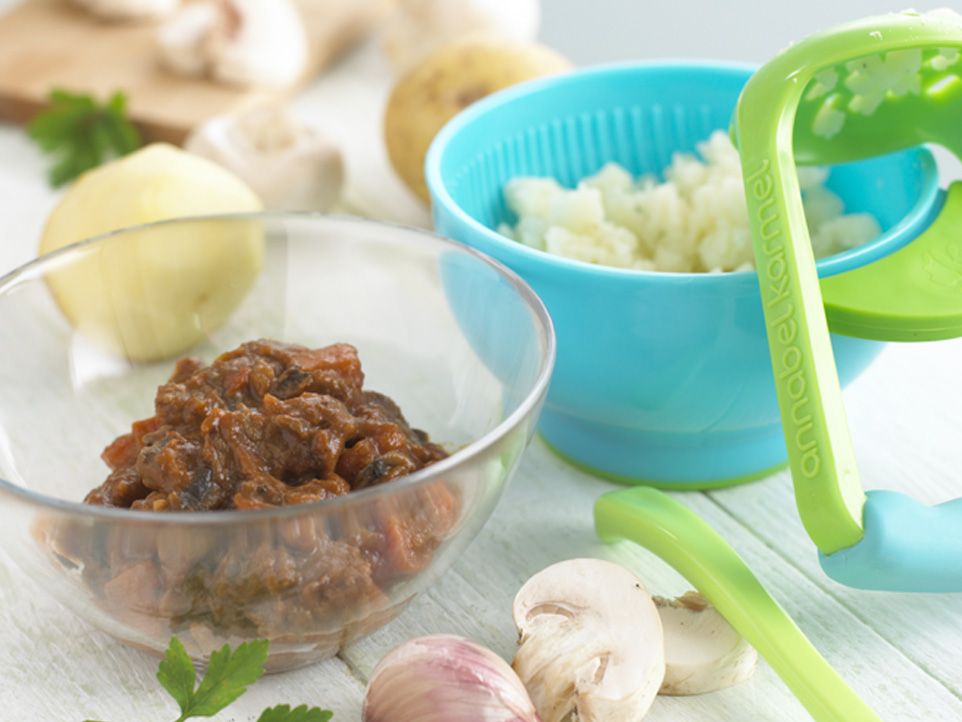 Feel free to customize with your favorite add-ins and toppings!
Feel free to customize with your favorite add-ins and toppings!
Get the recipe
Egg-Free Carrot Lentil Bars
Broccoli White Bean Pesto
This nut-free broccoli white bean pesto packs in so many nutrients with minimal effort! It’s a great way to incorporate veggies and important nutrients, like iron, into your baby and toddler’s diet.
Get the recipe
Salmon Quiche - Baby Led Weaning
Healthy crustless salmon quiche that the whole family can enjoy, including babies 6 months and older! Perfect for breakfast, snack, and lunchboxes.
Get the recipe
Mexican Lentil Muffins
Looking for a healthy savory vegetable muffin for kids? These Mexican lentil muffins are moist and packed with essential nutrients that babies and toddlers need.
Get the recipe
Lunch/Dinner Ideas (with meat)
rice porridge for babies
Super easy to make, this beef and vegetable rice porridge for babies is easy-to-digest, nutritious, and suitable for 6 months and up.
Get the recipe
Healthy Beef Meatballs
These healthy beef meatballs are made with just 5 simple ingredients and are egg free and dairy free. Tender and flavorful, these are perfect for babies and kids of all ages!
Get the recipe
Baked Quinoa and Mushroom Beef Meatballs
baked meatballs made with ground beef, mushroom, and quinoa. It's the ultimate comfort food that can be enjoyed as is or with pasta, vegetables, salads
Get the recipe
How to Cook Chicken for Babies
Introduce chicken to your baby with confidence with these cooking tips and recipes! Whether you are doing purees, baby led weaning, or both, chicken is a wonderful first food, loaded with iron.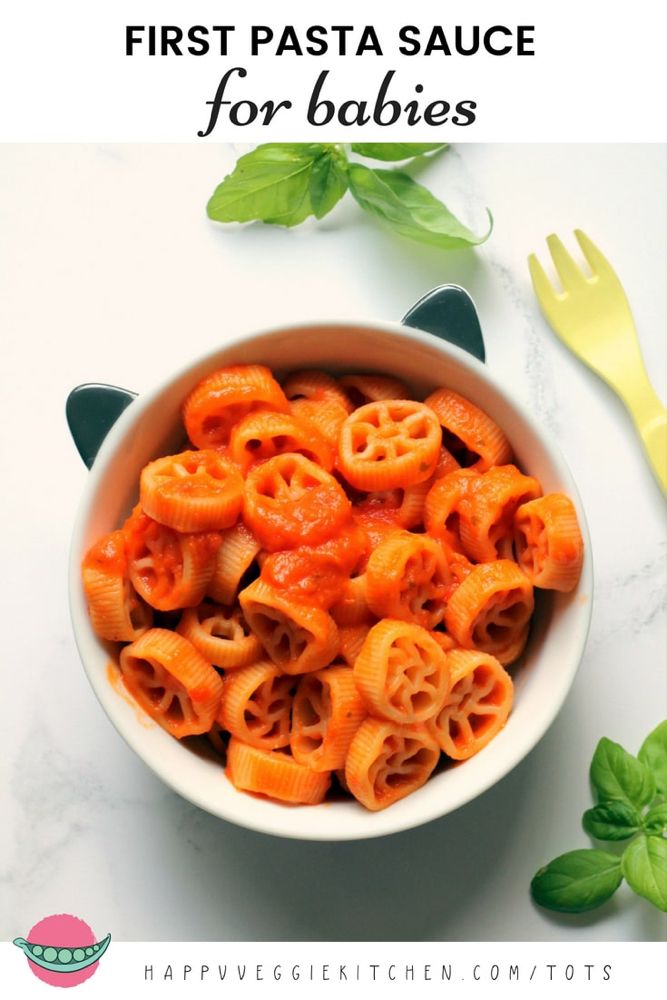
Get the recipe
How to Roast a Turkey Breast
Learn how to roast a turkey breast perfectly for a holiday meal or everyday dinner. Crispy golden brown skin, juicy and flavorful, it's a guaranteed crowd pleaser.
Get the recipe
Turkey Meatballs with rice
These oven baked kid-friendly turkey and rice meatballs are the perfect iron-rich finger food for your baby, children of all ages, and adults!
Get the recipe
Kid-friendly Turkey Beet Meatballs
These oven-baked turkey beet meatballs are quick and easy to prepare, healthy, and most importantly baby and toddler approved!
Get the recipe
Mini Shepherd's Pie Muffins
A quick and easy, baby and kid-friendly twist on an Irish classic comfort food, these mini shepherd pie muffins are filled with beef, vegetables and topped with creamy mashed potatoes
Get the recipe
Pressure Cooker Steak Fajitas
Super juicy and flavorful, this pressure cooker steak fajitas recipe for babies and kids is perfect for busy weeknights.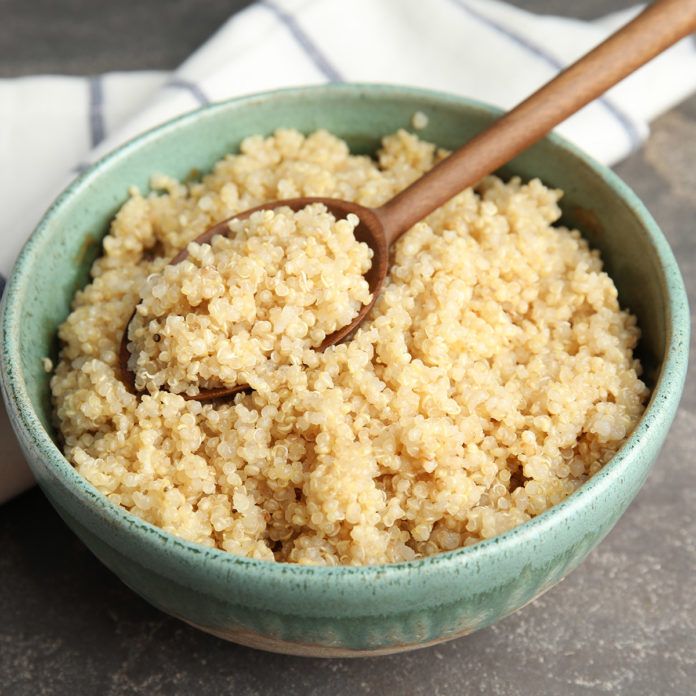
Get the recipe
One Pot Cabbage Lasagna
EASY and healthy no noodle lasagna made in one pot and ready in 30 minutes! This cabbage lasagna is a hearty, oh so comforting meal that the whole family, including your baby, can enjoy together.
Get the recipe
Baby-Friendly Korean Bulgogi
This baby-friendly Korean bulgogi is easy to make and perfect for your baby, toddler, and family! If you’re looking for a baby led weaning recipe and healthy kid friendly meal on a budget, make this today!
Get the recipe
Easy Bolognese with Vegetables
This kid-friendly veggie-loaded meat sauce with ground beef and medley of vegetables is hearty, filling, and nutritious!
Get the recipe
Orange Sesame Chicken with Vegetables
a healthy Asian chicken recipe that’s low in sodium, this skillet orange sesame chicken with vegetables is perfect for babies and the family.
Get the recipe
Low-Sodium Moo Goo Gai Pan
Chinese mushroom chicken stir-fry dish loaded with vegetables! This version is made baby and toddler-friendly with less sodium but plenty flavorful for the entire family to enjoy!
Get the recipe
Vegetable Beef Soup with Cabbage
This vegetable beef soup with cabbage is a healthy comfort meal and makes for a great way to incorporate more vegetables into your baby or kid’s diet.
Get the recipe
Homemade Hamburger Helper
This baby and kid-friendly homemade hamburger helper is made with ground beef, veggies, and staple pantry items. It's the ultimate one pot comfort meal!
Get the recipe
Healthy Korean Beef and Broccoli Quinoa
If you're in search of an easy, healthy weeknight meal, this Korean ground beef and broccoli quinoa is for you! It tastes like bulgogi and this one pot meal is also baby and toddler-friendly!
Get the recipe
Instant Pot Korean Chicken and Potatoes
If you're in need of a quick and easy weeknight family meal, here's an Instant Pot Korean chicken and potatoes recipe that everyone, including babies, will enjoy!
Get the recipe
Healthy Sweet and Sour Meatball Stir-Fry
A healthy, Asian family-friendly meal that you can get on the table in 30 minutes or less! This easy one-pot sweet and sour meatball stir-fry is baby and kid-friendly!
Get the recipe
Easy Stuffed Shells with Meat
These stuffed shells with ground beef and vegetables are a hearty make ahead dinner or freezer meal for the whole family to enjoy!
Get the recipe
Low Sodium Baked Spaghetti Pie
Baked spaghetti pie with ricotta that's healthy and easy to whip up. It's the perfect comfort food recipe for the entire family!
It's the perfect comfort food recipe for the entire family!
Get the recipe
Instant Pot Peanut Chicken and Broccoli
Another EASY, 30 minute weeknight meal you can enjoy with your baby and kids! This Instant pot chicken and broccoli is also a great way to continue exposing your child to one of the top food allergens, peanuts.
Get the recipe
Chicken Spinach Quinoa Casserole
A baby and kid-friendly comfort meal you don't want to miss! This chicken spinach quinoa casserole with black beans is super easy to make and loaded with iron and protein.
Get the recipe
Lunch/Dinner Ideas (vegetarian)
Cooking Beans for Babies (3 Methods)
Beans are terrific first foods for babies! Here are three methods for cooking dried beans.
Get the recipe
Iron-rich baby pasta
A baby pasta recipe that is loaded with iron and vegetables!
Get the recipe
Carrot and Lentil Soup
This carrot and lentil soup tastes like you spent hours in the kitchen but only takes 30 minutes to make! It's hearty, nutritious, and super flavorful.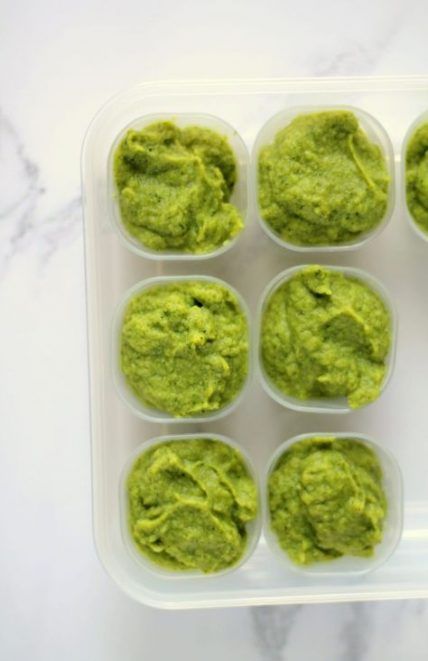
Get the recipe
Slow Cooker Lentil Chili with Chickpeas
Thick and hearty, this vegetarian slow cooker chickpea lentil chili is sure to keep your baby and child happy and nourished. It's also an incredibly iron-rich meal!
Get the recipe
Teriyaki glazed salmon
If you’re looking for a quick and easy salmon recipe for your baby and the entire family, look no further than this teriyaki glazed salmon.
Get the recipe
Vegetarian Sweet Potato Lasagna with Quinoa
This vegetarian sweet potato lasagna with quinoa requires no boiling of noodles and assembly couldn't be easier!
Get the recipe
How to Cook Tofu for Baby Led Weaning
Introduce tofu to your baby with confidence with these cooking tips and recipes! Whether you are doing purees, baby led weaning, or both, tofu is an amazing first food.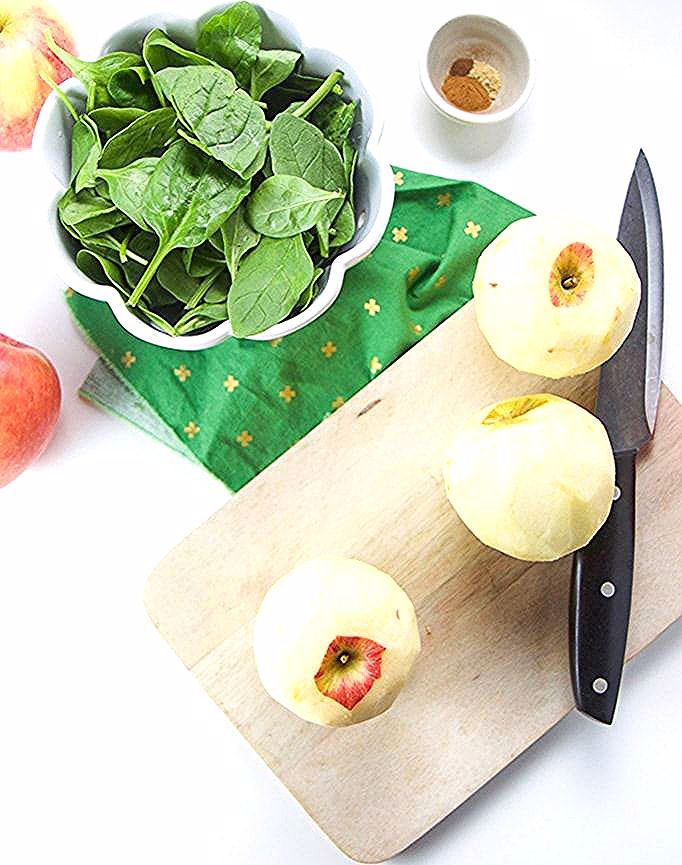
Get the recipe
Non-Spicy Korean Tofu Soup
This non-spicy Korean tofu soup, or sundubu jjigae, is warm and comforting, and perfect for the entire family to enjoy, especially babies and toddlers.
Get the recipe
Vegan Creamy Tomato Pasta
Made with simple pantry ingredients, this vegan creamy tomato pasta is perfect for babies and kids with a dairy allergy. It is super versatile and easy to make!
Get the recipe
One Pot Vegetarian Mexican Lentils
Made with pantry staples like lentils, black beans, and sweet potatoes, this one pot vegetarian mexican lentils is the perfect busy weeknight meal.
Get the recipe
Easy baked shrimp cakes
Super juicy and tender, these baked Asian shrimp cakes are baby and kid-friendly! Of course, the adults can enjoy them too.
Get the recipe
Easy Salmon Bean Salad
This mayo-free, refreshing yet hearty salmon bean salad couldn’t be easier to make! You can serve with crackers, vegetables, bread, salad, cheese, or whatever you fancy!
Get the recipe
Eggplant Lasagna Roll-Ups
This easy, gluten-free baked eggplant lasagna roll ups with meat is the perfect , healthy comfort food that the entire family will enjoy!
Get the recipe
3 Month Meal Plan for Babies
All the images of baby plates you see in this post are exactly what I served my daughter during our first three months of starting solids.
From speaking to hundreds of parents and caregivers, it was clear that the greatest challenge is how to ensure their baby is getting optimal nutrition while trying to juggle everything and get through the day.
It can feel so overwhelming and frustrating. And that's why I created my 3 month program - Baby Led Feeding Journey.
I'm here to hand you a complete roadmap. Everything all in one place.
There's SO much this program offers but don’t take my word for it. You can find out more here as well as hear from other moms who've gone through it.
Do you want to minimize picky eating and set a solid foundation for a lifetime of healthy eating habits?
Check out this 3 month mastering self-feeding program! It’s the closest thing to me being in your kitchen
11 IRON-RICH FOODS FOR KIDS! MedUnion will tell you!📝
Everyone knows that young children are picky eaters, but there are many iron-rich foods that even the most capricious kids will appreciate.
Small children refuse food for various reasons - maybe it is too red or too green, too mushy, etc. Parents of course worry about the lack of nutrients that growing bodies of babies need.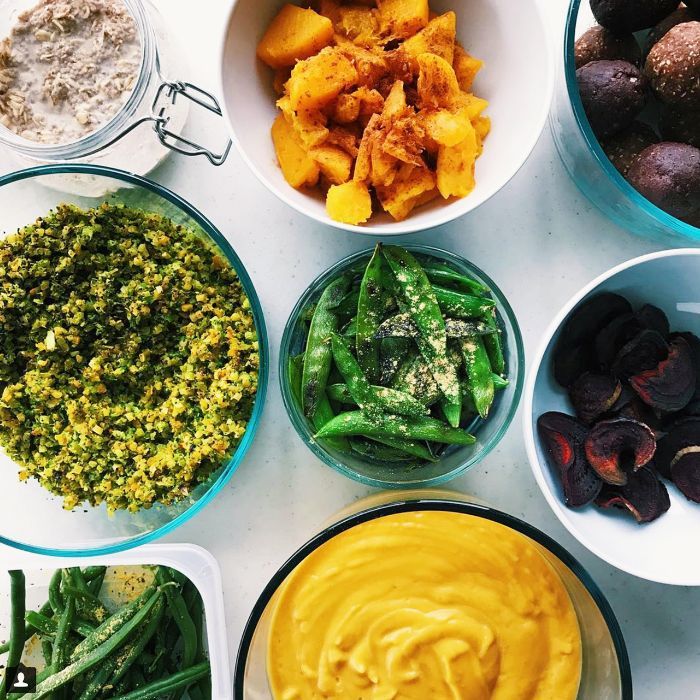
Iron deficiency is a fairly common problem in children and about 8 percent of babies are estimated to be iron deficient.
In this article, you'll learn how much iron babies need, 11 iron-rich foods, and recipes and ways to include these foods in your baby's diet.
WHAT AMOUNT OF IRON DO BABY NEED?
According to the National Institutes of Health, children should receive the following amount of iron in milligrams (mg) daily:
- Infants 7-12 months 11 mg
- Infants 1-3 years 7 mg
- Children 4-8 years 10 mg
babies eat.
There are two types of iron: heme and non-heme. Heme iron is found only in animal products such as meat and seafood. Non-heme iron is found in plant foods and fermented foods.
Both forms of iron can help a person meet their daily iron requirement. However, heme iron is more easily broken down by the body. For this reason, people who get iron from non-animal sources, including vegans, vegetarians, and picky toddlers, should consume 1.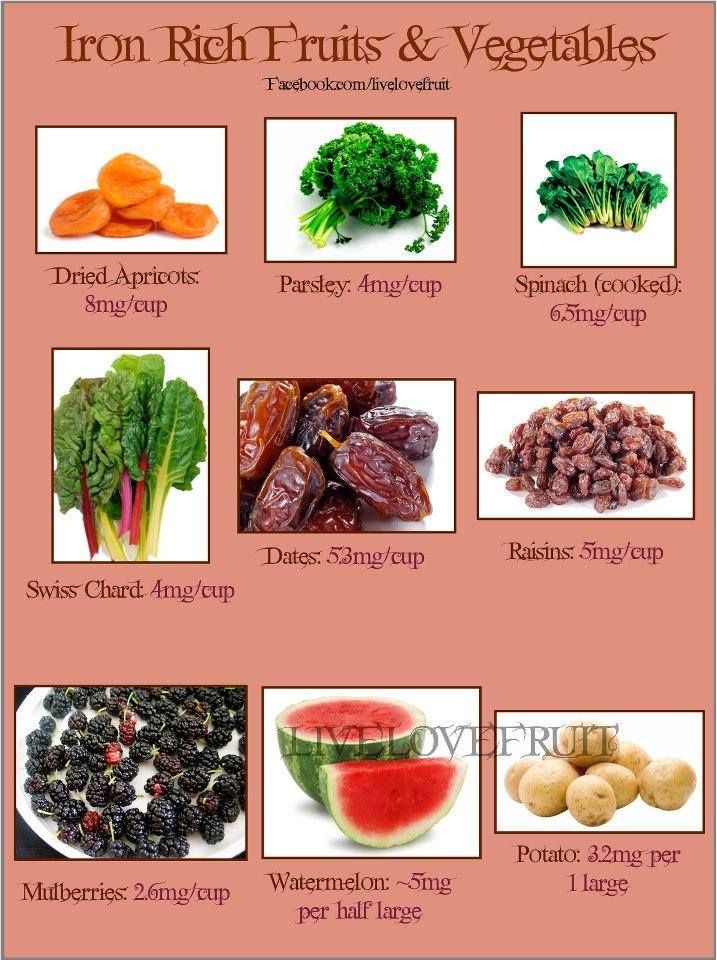 8 times the amount of iron recommended for their age group.
8 times the amount of iron recommended for their age group.
11 FOODS WITH THE MOST IRON
Oatmeal is a rich source of iron for babies
Many children are incredibly picky and will refuse to eat many times before they start eating, so don't be discouraged and continue to offer healthy food.
For a balanced diet, change your iron sources more often and encourage your little ones to try different foods.
Almost all babies love foods that are an excellent source of iron, for example:
- 1. Iron-fortified breakfast cereals
Many breakfast cereals are fortified with iron. They usually contain 100 percent of the daily value of iron for adults. The iron content can be found on the packaging.
Remember that many breakfast cereals are high in sugar and salt. This type of breakfast can be given occasionally as a treat or in small portions with a balanced diet.
- 2. Oatmeal
Oatmeal is a nutritious snack that many children love.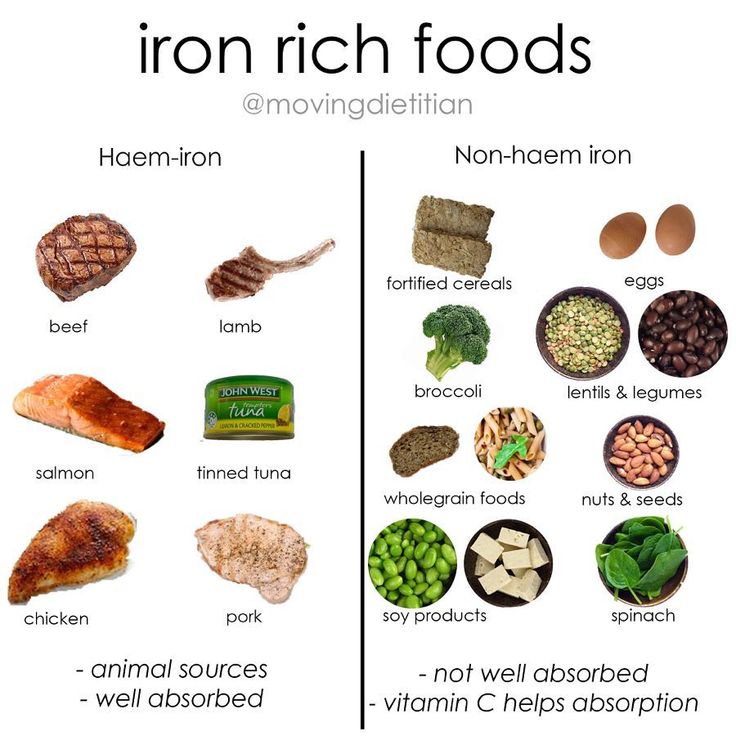 According to one source, 0.75 cups of oatmeal contains about 4.5 - 6.6 mg of iron.
According to one source, 0.75 cups of oatmeal contains about 4.5 - 6.6 mg of iron.
Oatmeal is also rich in fiber, which is good for children with digestive problems, including constipation.
To make porridge more appetizing, sprinkle it with cinnamon, a little brown sugar and a handful of raisins.
- 3. Meat
All meat products are rich in iron. Although many toddlers often refuse meat, there are several ways that can convince him to give it a try:
- Use fun cutter cutters to cut meat products. The iron content can be increased by placing a piece of cold cuts on white bread, which will add another 1 mg of iron.
- Try chicken nuggets. Many toddlers who refuse meat enjoy eating chicken nuggets. However, be careful as they are high in salt and saturated fat.
- Try mixing ground beef or duck with a little milk before cooking for a creamier texture that many babies love.
- 4.
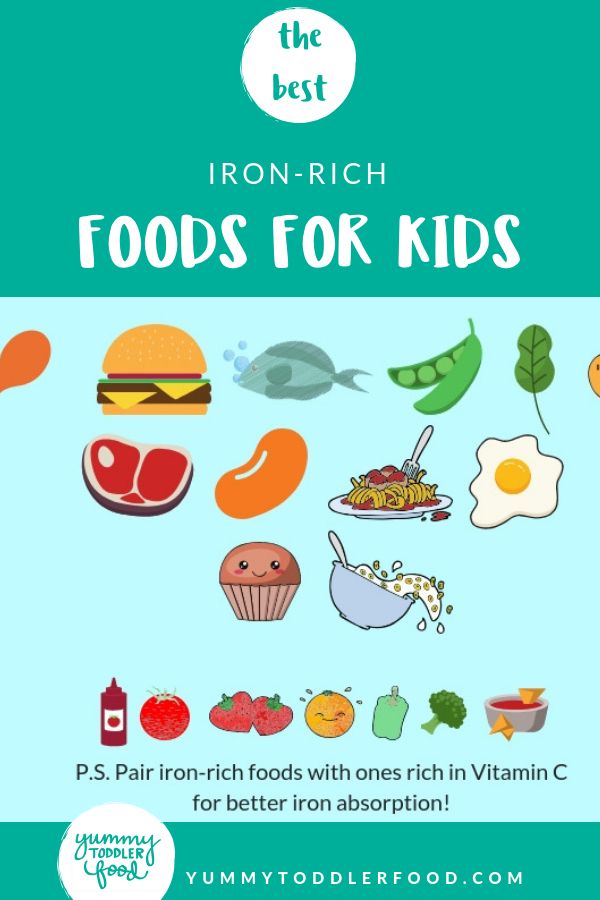 Peanut Butter Sandwiches
Peanut Butter Sandwiches
The amount of iron in peanut butter varies by brand, but typically contains about 0.56 mg of iron per teaspoon. To get extra iron, you can make a sandwich with white bread, which will provide another 1 mg of iron.
Peanut butter is also high in protein, which is a great option for kids who don't eat meat.
Peanut butter and honey or banana sandwiches can be made as an alternative to cookies and other low-nutrient snacks.
- 5. Dark Chocolate
Dark chocolate is a rich source of antioxidants and helps your baby get the right amount of iron. Second after meat, dark chocolate is one of the richest foods in terms of iron content, containing 7 mg of iron per 90 grams of product.
Some children do not like the bitter taste of dark chocolate. You can try melting it and mixing it with peanut butter and then spreading it on bread.
- 6. Eggs
A hard-boiled egg contains 1 mg of iron. Many children love to peel eggs from the shell. Snacking can be made even more fun by coloring the eggs first.
Many children love to peel eggs from the shell. Snacking can be made even more fun by coloring the eggs first.
If your little one doesn't like hard-boiled eggs, try making scrambled eggs instead, or use animal molds.
Some children like fried egg sandwiches. Lightly fry the egg, then place it on a piece of bread and add some ketchup.
- 7. Legumes
Legumes are an excellent source of iron. White beans are considered to be one of the richest sources of iron and contain 8 mg per serving.
To get kids to eat legumes, use the following recipes:
- Cook beans and potatoes, mash them and add some cinnamon
- Beans can be shaped into patties or put on bread
- 8. Nuts
Nuts, including cashews and pistachios, are an excellent source of iron, protein and other essential nutrients.
However, nuts can pose a risk of choking in children, so do not give whole nuts to children who are just learning to chew.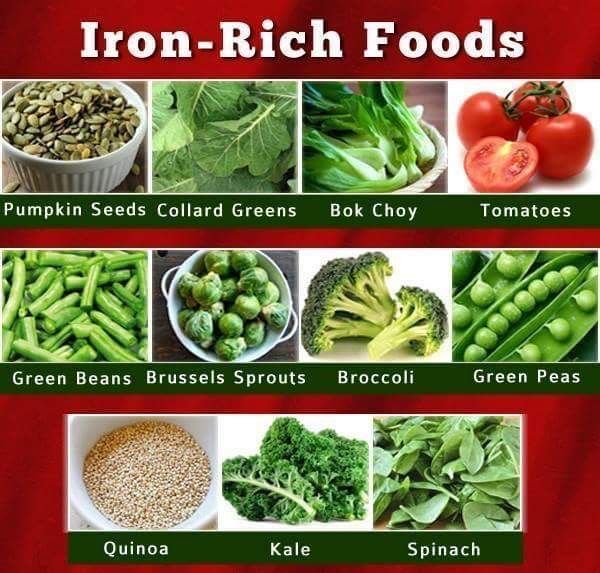
You can make nut crumbs or spread nut butter on crackers or whole grain bread.
- 9. Fish
Consider including fish in your baby's diet as it is highly nutritious and a great source of protein, and some species, such as mackerel and salmon, are high in omega-3 saturated fatty acids that are good for brain work.
Canned tuna contains 1 mg of iron per serving. You can make tuna crackers or put it on bread.
Canned tuna is also suitable for children who like to dip one food into another. You can mix tuna with avocado for a creamier texture that's easy to dip into crackers or chips.
- 10. Vegetables
Children refusing to eat vegetables is a common problem. Try making a vegetable smoothie for a nutritious, iron-rich snack that even the pickiest of kids will love.
You can try the following recipes:
- Boil and puree spinach. Spinach contains 0.81 mg of iron per cup.
 Next, mix it with watermelon, frozen blueberries, raspberries and a slice of avocado for a hearty and nutritious smoothie.
Next, mix it with watermelon, frozen blueberries, raspberries and a slice of avocado for a hearty and nutritious smoothie. - Mix a teaspoon of honey with mashed broccoli, add chard, honey melon and figs for a delicious treat.
- 11. Fruits
Some fruits are excellent sources of iron.
- Raisins, 4 mg
- Dried apricots, 3.46 mg
- Red-skinned cherries, 0.71 mg
- Diced watermelon, 0.936 mg
- 0018
Fruit smoothie tastes even better when mixed with a little yogurt and honey.
Your baby's favorite fruit can be made into popsicles. Freeze fruit puree for 2-3 hours and enjoy healthy iron-rich ice cream.
WHAT ARE THE SIGNS OF IRON DEFICIENCY IN CHILDREN?
Low energy levels in babies can be a sign of iron deficiency
If you're concerned that your baby may be iron deficient, don't wait until symptoms appear. See your doctor to have your baby's blood tested for iron.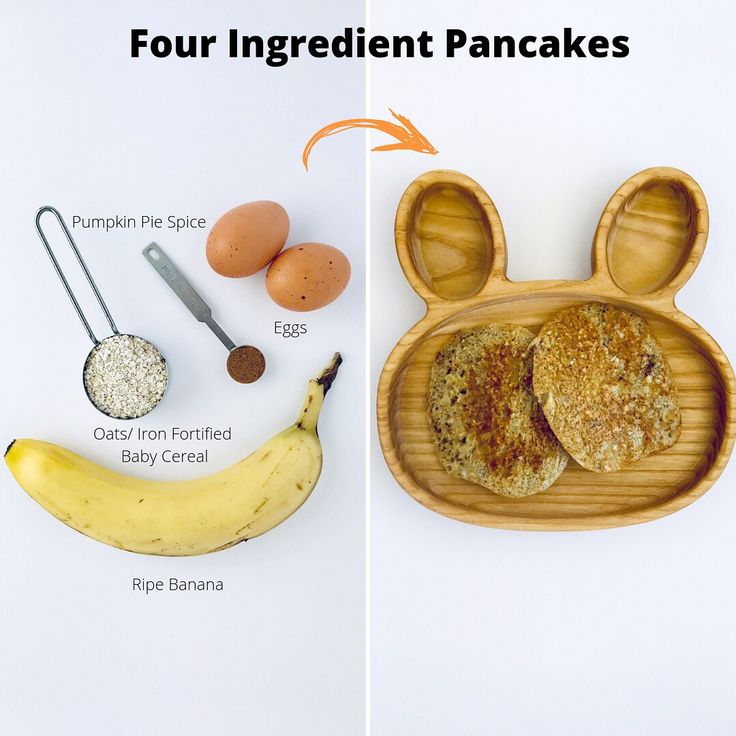 Continue giving your child iron-rich foods and ask your doctor to prescribe an iron supplement.
Continue giving your child iron-rich foods and ask your doctor to prescribe an iron supplement.
The American Academy of Pediatrics recommends that babies and young children be tested for iron deficiency at 9-12 months of age and again at 15 months of age.
Iron deficiency symptoms include:
- Very pale skin
- Cold hands and feet
- Painful or crimson tongue
- Very low energy
- Rapid heart rate
- all children put objects in their mouths
- Muscle weakness
Children with certain medical conditions have difficulty absorbing iron regardless of diet. Talk to your doctor or dietitian about how you can prevent iron deficiency in children with digestive problems, frequent diarrhea, a heart disorder, a metabolic disorder, or cancer.
CONCLUSION
The Ellin Sutter Institute, which researches and publishes the best ways to feed babies, recommends the following strategies:
- Choose and prepare healthy meals regularly
- Avoid snacking between meals
- Do not use food as a reward or punishment
- Encourage children to eat as much as they want
- Avoid or force words like "one more bite" eat more of what they don't like to get what they like
- Set an example of good nutrition
- Eat together at the same table
Toddlers are just beginning to understand what proper nutrition is, and just like other skills, proper nutrition comes with time.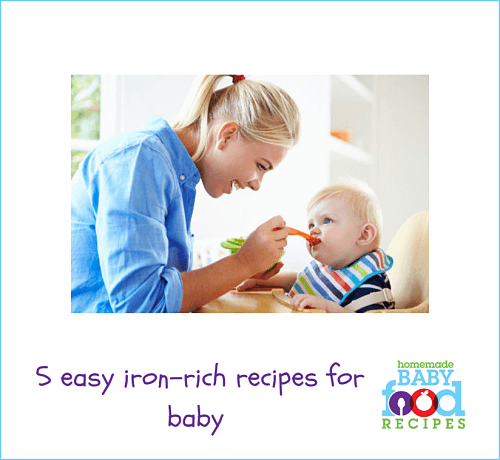
Share on social networks
In what products are contained, how to take them correctly, according and organs with oxygen. It is in this process that iron is involved. This element is one of the important components of hemoglobin, the main oxygen carrier in the body. But this is not the only function of iron: without it, it is impossible to carry out DNA synthesis, energy metabolism and adequate functioning of the immune system.
The main causes of iron deficiency in the body:
- bleeding,
- inflammatory diseases,
- problems with the absorption of this nutrient in the stomach and intestines.
An unbalanced diet, lack of iron-rich foods in the diet can also lead to iron deficiency. Today, iron deficiency anemia is one of the main health problems: this condition affects people, regardless of gender and age, anemia affects about 30% of the world's population (1).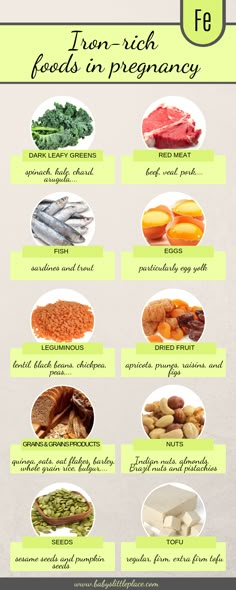
One of the main reasons is inadequate nutrition. The body receives the main supply of this substance from the destroyed "old" erythrocytes, but it is only enough to create new blood cells. Other processes require a micronutrient obtained from food.
For the normal functioning of organs and systems, a person needs 20-25 mg of iron per day. Moreover, the need of the female body for this nutrient exceeds the male twice (2).
What you need to know about hardware
| Basic functions in the body | • Transports oxygen to organs and tissues and participates in the removal of carbon dioxide; • participates in metabolic processes (contained in many enzymes, proteins), in the utilization of toxins, cholesterol metabolism, transforms calories into energy; • participates in the functioning of the immune system; • Supports thyroid and pancreatic function; • participates in the formation of hair, nails and skin cells; • is actively involved in the formation of the fetus.  |
| Iron requirement (per day) | • Men - 8 mg • Women - 18-20 mg • Pregnant women - 27 mg • Children under 13 years old - 7-10 mg • Adolescent boys - 11 mg • Adolescent girls - 15 mg • People over the age of 51 - 8 mg |
| Physiological iron loss | • Men - 1 mg/day • Women - 2 mg/day |
| Sources of iron | • Heme iron: liver, beef, poultry, fish • Non-heme iron: plant foods |
| Effects on iron absorption | • Increases: ascorbic acid, folic acid, vitamin B12, copper • Reduces: tea, coffee, dairy products, rice, nuts and seeds |
| Factors that increase the loss of iron in the body | • Injuries, cuts, surgeries, etc.; • insufficient intake of iron from food; • excessive intake of phosphates, oxalates, calcium, zinc, vitamin E; • lead poisoning, antacids; • peptic ulcer, gastritis, dysbacteriosis, tumors; • worm infestation; • malabsorption; • violation of vitamin C metabolism; • intensive body growth; • pregnancy; • heavy menses; • playing sports; • donation. 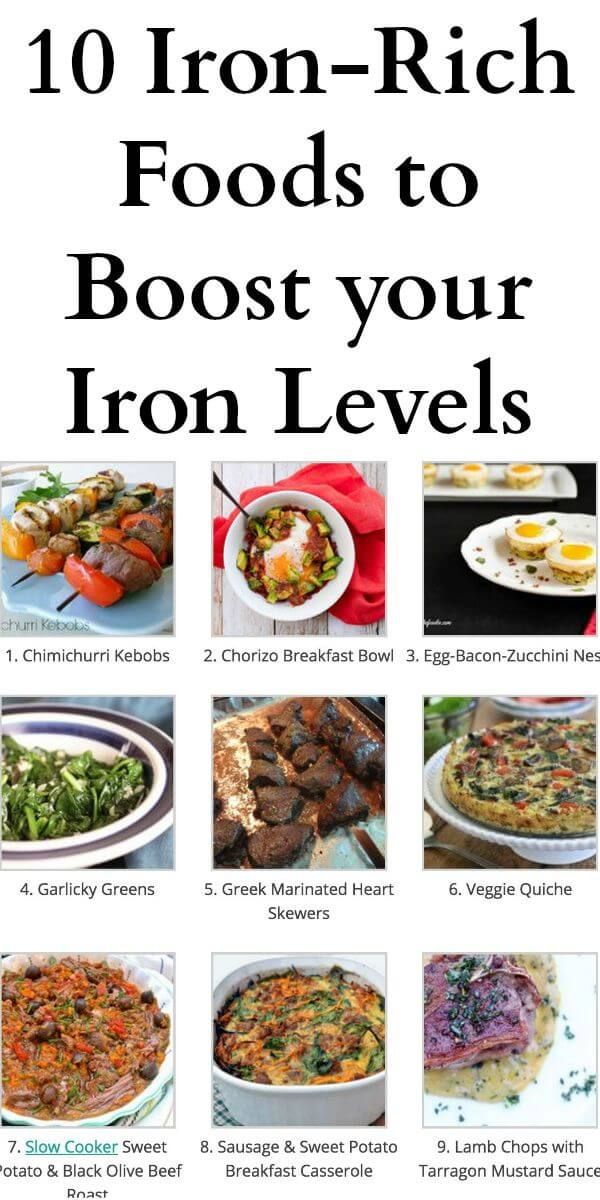 |
Who is recommended to eat foods rich in iron
Everyone needs to add iron-rich foods to their diet. This is especially true for pregnant women, as they are most susceptible to a lack of iron in the blood. According to WHO, 42% of all pregnant women are found to be iron deficient (3). The fact is that during the bearing of a child in women, a number of physiological processes change. The volume of blood plasma increases by almost 50%, and the number of blood cells increases by only a quarter (4). Hence the need for iron and trace elements - for increased hemoglobin synthesis. The consumption of this substance also increases for the needs of the placenta and fetus and during breastfeeding.
A growing body needs more iron. There are two such periods in a child's life:
- the first two years associated with intensive growth,
- the period of puberty, in which rapid growth also occurs.
During adolescence, children need more iron than adults.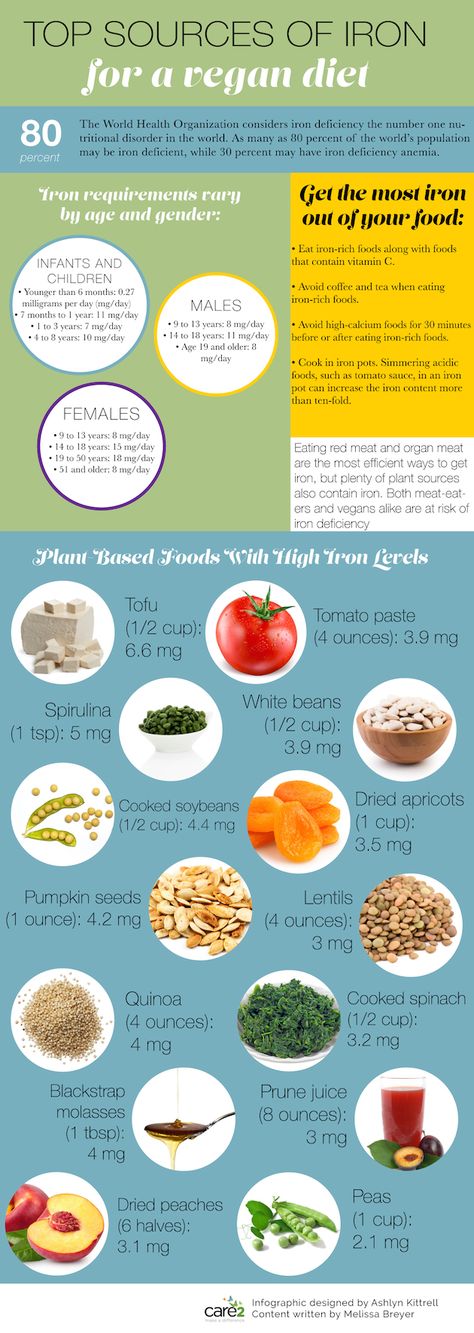 96% of all cases of adolescent iron deficiency anemia (5) are alimentary in nature, that is, associated with malnutrition.
96% of all cases of adolescent iron deficiency anemia (5) are alimentary in nature, that is, associated with malnutrition.
Often, iron deficiency in the body leads to its poor digestibility. This may be due to inflammatory processes in the intestine, atrophic or cicatricial changes in it.
People (especially the elderly) have an increased need for iron in case of infectious diseases, metabolic disorders, tumors and burns.
Iron deficiency occurs after surgery, trauma with blood loss, after chemotherapy or radiotherapy, and after heavy menstruation in women.
Increased consumption of iron-rich foods is advisable during high physical activity (applies to athletes and people doing hard physical work), since iron is directly involved in the conversion of calories into energy.
What foods contain iron
You can get enough iron from food to meet your daily requirement. It can be heme or non-heme iron. Both types of trace elements are absorbed by the body, but the absorption of heme iron is much higher.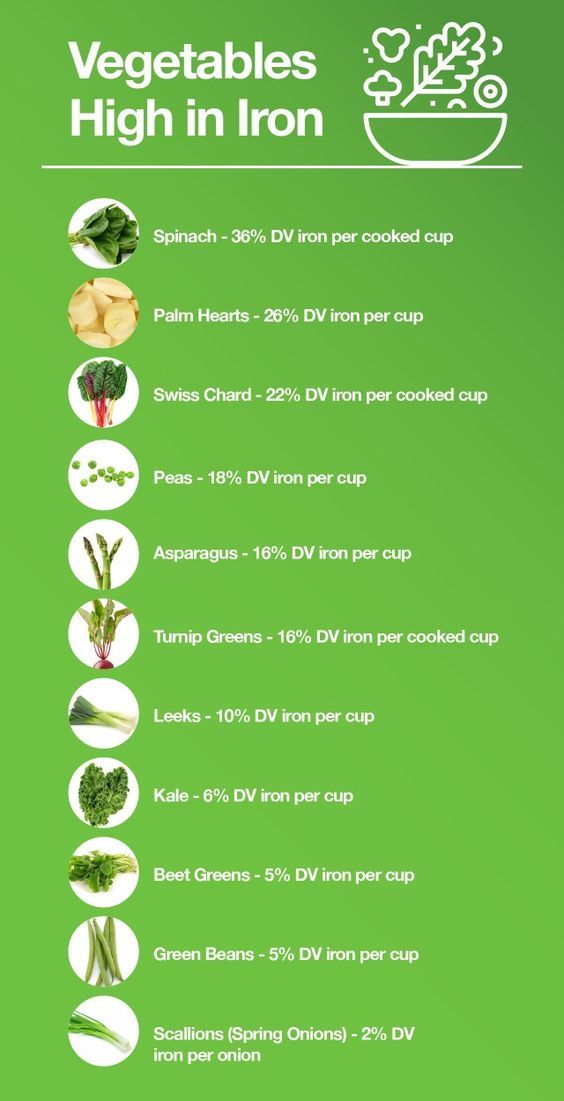
Let's talk about 16 iron-rich foods.
Foods rich in heme iron
Heme iron is of animal origin. It is found in meat, poultry, fish and seafood.
1. Eggs and egg products
Photo: pixabay.comOddly enough, egg powder contains the most iron of animal origin - 8.9 mg per 100 g of product, which covers 64% of the daily iron requirement.
100 g of chicken egg yolk contains 6.7 mg of iron, the whole egg - 2.5 mg per 100 g, quail - 3.2 mg per 100 grams.
In addition to iron, eggs contain more than 40 types of vitamins, a large number of micro and macro elements, a complete protein with essential amino acids.
Learn more
2. Offal
Photo: pixabay.com Beef liver is richer in iron than others. 100 g of the product contains 49% of the body's daily requirement for this trace element - 6.9 mg. In addition to heme iron, the liver contains a high percentage of protein, vitamin A, copper and other beneficial substances.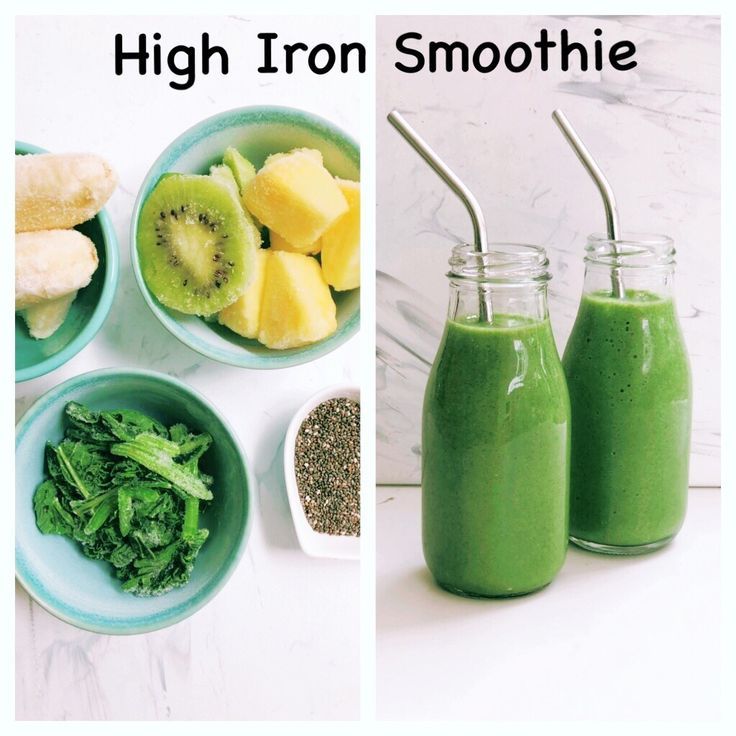
Beef kidneys are also rich in iron: 6 mg per 100 g of product, which corresponds to 43% of the daily value.
3. Seafood
Photo: pixabay.comOyster is the third representative of seafood. 100 g of oysters contain 6.2 mg of easily digestible iron (44% of the daily requirement). Oysters are rich in vitamins C and B12, protein and cholesterol. Seafood is not only healthy, but also low in calories.
Less iron in mussels - 3.2 mg (23% of the daily requirement), even less in shrimp - 1.8 mg (13% of the daily requirement). The squid closes this list - 1.1 mg per 100 g of product (8% of the requirement).
Learn more
4. Rabbit meat
Photo: pixabay.comThis diet product contains 3.3 mg of iron per 100 g of meat, which is 24% of the daily requirement for heme iron.
More than other types of meat, rabbit meat contains vitamins (B6, B12, PP), phosphorus, cobalt, manganese, potassium and fluorine. This meat is hypoallergenic and easy to digest.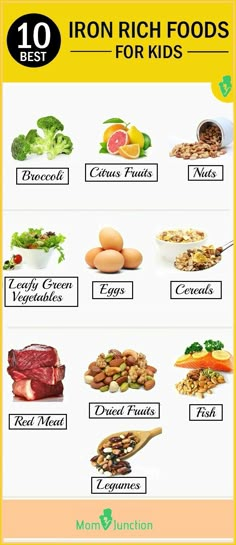
5. Beef
Photo: pixabay.comBeef also has a high content of heme iron - about 2.7 mg per 100 g of product. Such a volume of the product will fill 19% of the daily requirement of the body. Meat comes in different categories: the darker it is, the more iron it contains. Meat also contains many B, A, K and PP vitamins, proteins (including collagen and elastin), micro and macro elements.
6. Caviar
Photo: pixabay.comBlack caviar contains 2.4 mg of heme iron (per 100 g of product), which corresponds to 17% of the daily requirement. Caviar is famous for its unique chemical composition: 30% soluble proteins, 13% fats, lecithin, vitamins, folic acid, essential amino acids, minerals.
Less iron in red caviar - 1.8 mg per 100 g (13% of the daily requirement). A more budgetary product - pollock caviar - contains 1.5 mg of iron per 100 g (11% of the daily requirement).
7. Meat (lamb, pork)
Photo: pixabay.com Lamb can be safely attributed to dietary products with a high iron content - 2 mg per 100 g (14% of the daily requirement). This meat is easily digestible and has a low calorie content, does not increase cholesterol levels. Lamb is rich in beta-carotene, zinc, vitamins B1, B12, A, D and protein.
This meat is easily digestible and has a low calorie content, does not increase cholesterol levels. Lamb is rich in beta-carotene, zinc, vitamins B1, B12, A, D and protein.
Pork meat has slightly less iron - 1.7 mg (12% of the daily requirement).
8. Poultry
Photo: pixabay.com100 g of chicken meat contains 1.6 mg of iron or 11% of the daily requirement. Slightly less nutrient in a turkey - 1.4 mg.
Broiler meat contains 1.3 mg of heme iron per 100 g (9% of the daily requirement).
In terms of easily digestible proteins, poultry meat is ahead of pork and beef. It is dietary, low-calorie, contains vitamins A, B1, B12, PP and minerals.
9. Fish
Photo: pixabay.comMackerel is the leader in this category - 1.7 mg per 100 g of product (12% of the daily requirement). Sprat contains 1.4 mg of iron, in horse mackerel and herring 1.1 mg of a useful substance, in salmon and salmon 0.8 mg each.
Approximately the same content of heme iron in river fish.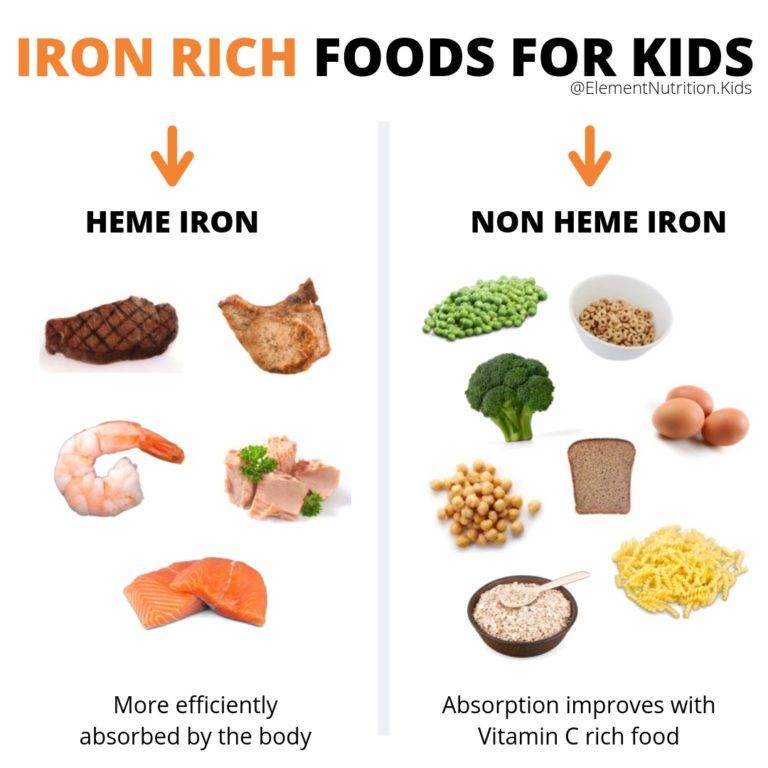 In addition, fish is a source of minerals (calcium and phosphorus), iodine, manganese and copper.
In addition, fish is a source of minerals (calcium and phosphorus), iodine, manganese and copper.
Learn more
10. Dairy products
Photo: pixabay.comSour cream, cream, hard and processed cheeses, cottage cheese, milk powder - all these products also contain iron. Its concentration ranges from 0.3 to 1.0 mg per 100 g of product.
Most iron in fatty cheeses and sausage cheese - 1.0 mg per 100 g. The same amount of substances in powdered milk, slightly less in cheese - 0.7 mg.
Learn more
Foods rich in non-heme iron
The source of non-heme iron is plant-based food. It is absorbed worse than heme, but this does not mean that you need to eat only meat, trying to get enough of easily digestible iron. Nutrition should be balanced, complete and varied.
1. Sesame
Photo: pixabay.comSesame contains the highest content of non-heme iron: 16 mg per 100 g of seeds, which completely covers the daily need for iron.
Sesame also contains a lot of vegetable proteins and fats, vitamins of groups A, B, C, E, zinc, magnesium and phosphorus, potassium and calcium.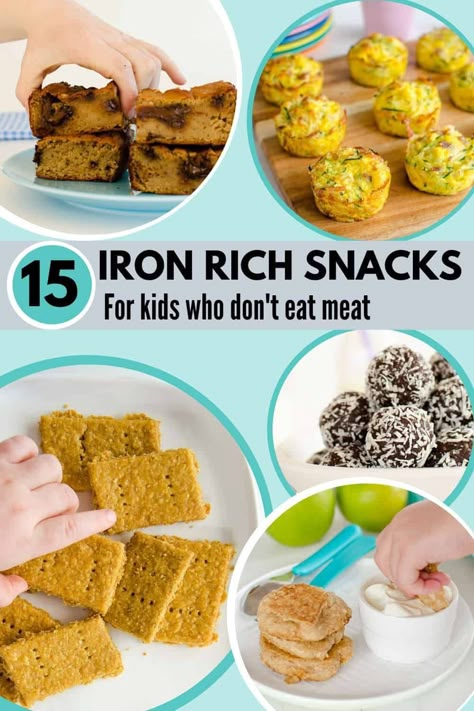 Sesamin in its composition slows down skin aging. Sesame oil - antioxidant, improves digestion, improves immunity.
Sesamin in its composition slows down skin aging. Sesame oil - antioxidant, improves digestion, improves immunity.
2. Seaweed
Photo: Loyna, wikipedia.orgSeaweed contains 16 mg of iron per 100 g. A combination of fatty acids (Omega-3) with iodine, vitamins A, B, C, E, D, minerals and dietary fiber makes this product an indispensable source of nutrients.
More info
3. Legumes
Photo: pixabay.comLentils come first. This leguminous plant more than other cereals contains the iron we need: in 100 g of lentils it is 11.8 mg (84% of the daily requirement).
The product is easily digestible, contains amino acids, vitamin B1, many trace elements. Lentils contain a lot of folic acid, which is so necessary during pregnancy.
A lot of iron in peas: 7 mg per 100 g of product, and the protein content is higher than in many types of meat.
Learn more
4. Cereals
Photo: pixabay.com Buckwheat is the leader among cereals. The iron content of whole buckwheat is 8.3 mg per 100 g of grain (59% of the daily requirement). According to these indicators, it is ahead of meat and seafood. Buckwheat is also an indispensable source of protein, vitamins, minerals and amino acids.
The iron content of whole buckwheat is 8.3 mg per 100 g of grain (59% of the daily requirement). According to these indicators, it is ahead of meat and seafood. Buckwheat is also an indispensable source of protein, vitamins, minerals and amino acids.
Slightly less iron in barley - 7.4 mg, and also high in protein, vitamins, minerals and amino acids. Even less iron in wheat and oats: 5.4 mg per 100 g of grain.
Learn more
5. Seeds and nuts
Photo: pixabay.comSunflower seeds contain 6.1 mg of iron per 100 g of seeds. Slightly less in pine nuts and peanuts: 5.5 mg and 5 mg, respectively. In hazelnuts - 4.7 mg of iron, in almonds - 4.2 mg, in pistachios the content of this nutrient is 3.9 mg per 100 g. apples - 6 mg per 100 g of the product. Fresh apples are significantly inferior to them - 2.2 mg.
A lot of iron in figs, apricots and dried apricots - 3.2 mg per 100 g of the product. 3 mg of iron in 100 g of raisins, dried peaches and prunes, 2. 5 mg in persimmons and pears.
5 mg in persimmons and pears.
The most iron-rich greens are: spinach (3.5 mg), basil (3.2 mg) and parsley (1.9 mg).
Fruits
Herbs
How to properly take foods with iron
First of all, nutrition should be balanced - and not only for iron. When compiling your menu, remember the substances that help and hinder the absorption of iron.
Do not mix with calcium and magnesium
When cooking, do not mix iron-containing products with dairy and fermented milk products. The calcium present in them reduces the absorption of iron.
Also, don't fill your food with seeds and nuts. They contain a lot of magnesium, which prevents the absorption of heme iron.
Tea and spicy food separately
Do not drink tea or coffee with meals. These products contain substances - iron antagonists.
Do not eat spicy and acidic foods with iron-containing foods. It irritates the gastrointestinal mucosa and reduces the absorption of iron.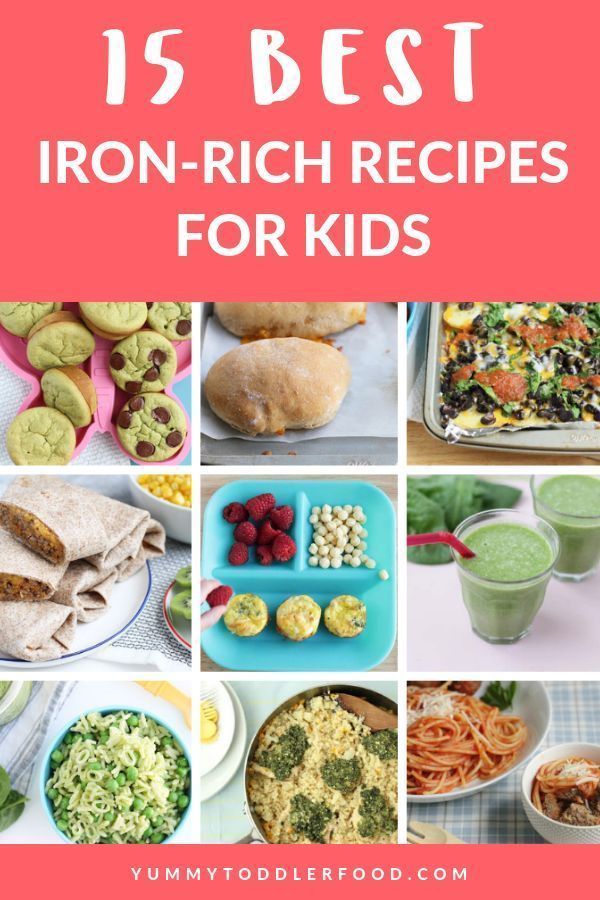
Choosing a side dish for meat
Rice should not be used as a side dish for meat. It slows down the absorption of iron. Give preference to other grains, legumes, vegetables and greens with a high content of vitamin C.
The right combinations
Assistants in the absorption of iron - vitamins. There are many of them in fruits, red peppers, carrots, tomatoes, spinach, berries, and eggs.
It is also recommended to combine heme and non-heme iron, this increases the absorption of the substance.
Cooking in cast iron
Cooking in cast iron cookware with the lowest possible heat treatment adds iron to food.
Reviews of doctors about products with iron
In medicine, great importance is attached to proper nutrition. Today, iron deficiency anemia (IDA) has become a major health problem. The incidence rate is on the rise. The main problem is that 90% of anemias are iron deficiency (2), most of them are nutritional in nature, that is, they are related to nutrition.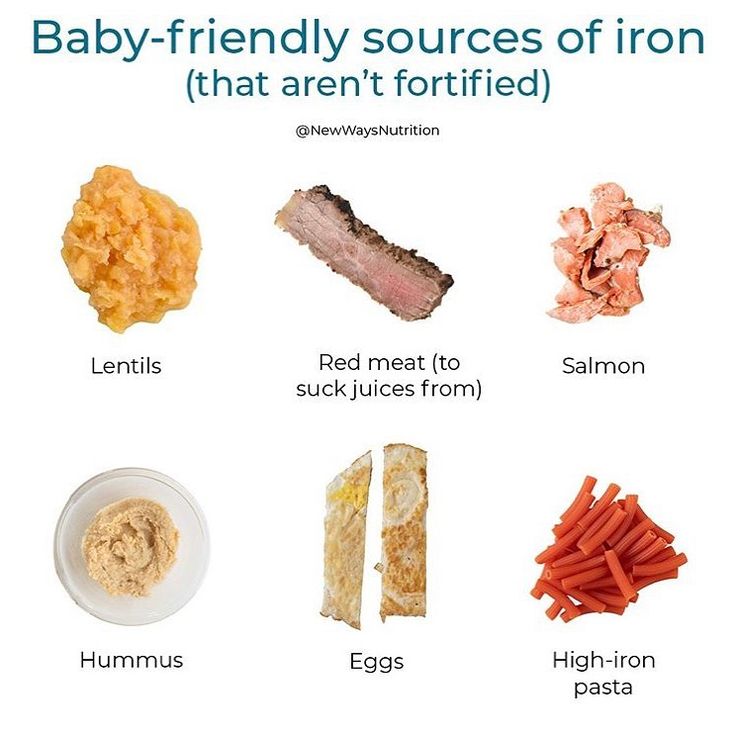
Doctors pay special attention to the diet of pregnant women, since anemia preceding pregnancy complicates its course (6).
“Often, women enter pregnancy already having a low level of hemoglobin,” says obstetrician-gynecologist Natalya Kosolapova . - In this case, IDA in pregnant women is more difficult, as the body has time to adapt to a low level of iron. An excellent means of preventing anemia in preparation for pregnancy is proper nutrition, balanced, including iron.
Doctors consider the rational nutrition of children especially important, especially during puberty. The frivolous attitude to food of adolescents themselves contributes to the increase in the incidence of IDA in minors.
— In the last decade, the incidence of iron deficiency anemia has steadily increased. This is especially noticeable among adolescents: the incidence of IDA has increased by almost 300% and almost all of it is related to nutrition. The reason is not always the availability of products, says general practitioner Mikhail Lystsov . - More than half of the children complain about the lack of time for food, high employment, love for convenience foods and fast food, a tendency to vegetarianism. Among girls, a high percentage of partially hungry or refusing some meals due to the high motivation to lose weight.
- More than half of the children complain about the lack of time for food, high employment, love for convenience foods and fast food, a tendency to vegetarianism. Among girls, a high percentage of partially hungry or refusing some meals due to the high motivation to lose weight.
Popular questions and answers
The topic of proper nutrition is popular today. We will briefly answer the most frequently asked questions regarding the importance of iron in the body.
How do you know if there is a lack of iron in the body?
Lack of iron in the body leads to anemia. Symptoms: fatigue, drowsiness and reduced efficiency, dizziness and headache, the skin becomes noticeably paler, the structure of hair and nails changes, the heart rate increases, shortness of breath appears. Reliably the presence of anemia will show a blood test.
What foods interfere with iron absorption?
Foods high in calcium (dairy and sour milk, some juices), rice, tea, coffee and alcohol interfere with the absorption of iron.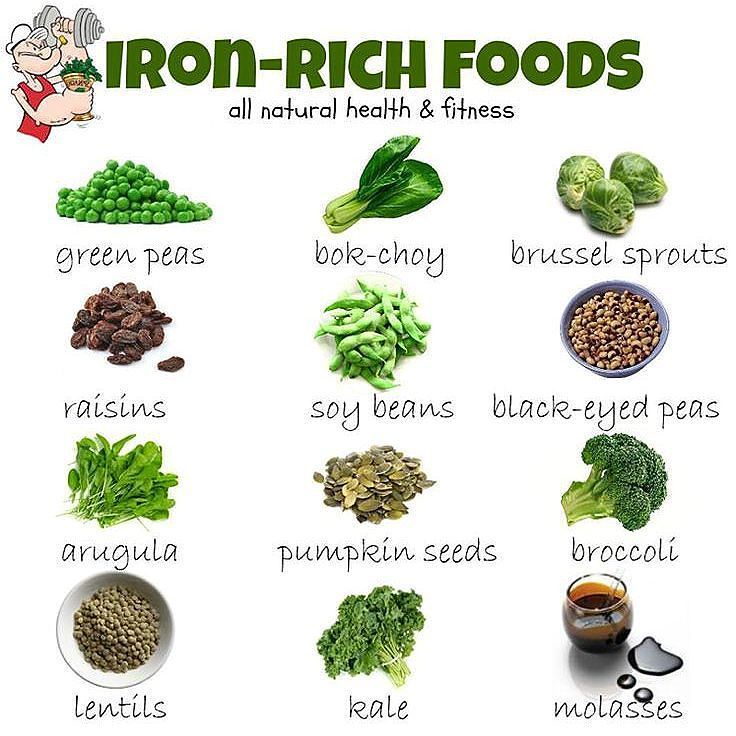 Nuts and seeds will reduce the absorption due to the magnesium they contain, as well as spicy and acidic foods taken together.
Nuts and seeds will reduce the absorption due to the magnesium they contain, as well as spicy and acidic foods taken together.
What are the consequences of long-term lack of iron in the body?
The consequence of iron deficiency is iron deficiency anemia. Also, iron deficiency adversely affects the condition of the skin, hair and nails.
Sources
- Frequency and prevalence of iron deficiency anemia. Zhorova V.E. Khilkevich E.G. URL: https://cyberleninka.ru/article/n/chastota-i-rasprostranennost-zhelezodefitsitnoy-anemii/viewer
- Iron deficiency anemia. Modern tactics of diagnosis and treatment, criteria for the effectiveness of therapy. Stuklov N.I., Semenova E.N. URL: https://cyberleninka.ru/article/n/zhelezodefitsitnaya-anemiya-sovremennaya-taktika-diagnostiki-i-lecheniya-kriterii-effektivnosti-terapii/viewer
- The role of iron in the human body. Iron-deficiency anemia. Sargsyan A.M. URL: https://cyberleninka.



